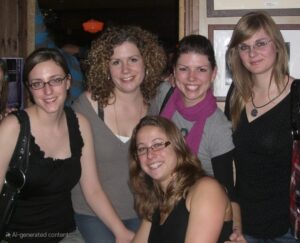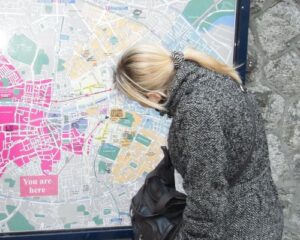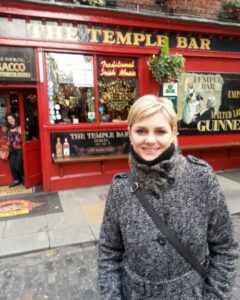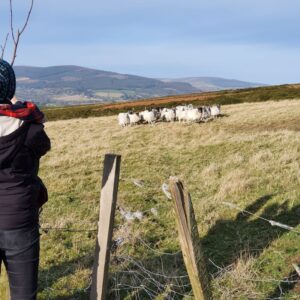Cosy Irish Cottages – Where to stay in Ireland

Cosy Irish cottages in a romantic rural setting – as cliched as it may be – are my preferred accommodation when travelling within Ireland. Compared to hotels, they are often the more reasonable alternative and come with lots of amenities too. Above all, they have plenty of charm and character!
That said, when we stayed in a thatched cottage in Co. Clare it was so cold that we could only sit close to the open fire. In spite of that, the heating bill, which we had to pay separately, was enormous.
I used to envy my friend for living in a rustic, cosy Irish cottage, but she had a similar story to tell – of wearing layers in the house and severe power outages. So it can be a challenge to suss out the gems among cosy Irish cottages.
My “Cosy-Irish-Cottage-Dream”
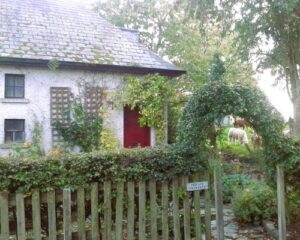
However for a couple of days a year, I am willing to take a risk and swap the practicalities of our bungalow for my cosy-Irish-cottage-dream. I consider it my romantic escape. A break from day-to-day life. The time of year when I fool myself into believing there is such a thing as idyllic rural living, well aware that reality would catch up sooner than I could light an open fire.
Yet, it works! Sitting in front of a cottagey fireplace clears my mind off every-day worries. Sometimes a change of scenery is all it takes. Location usually isn’t our priority, but a good bedroom set-up and self-catering facilities that work for us as a family of five. This is how we have discovered some of the cosiest cottages in all four provinces of Ireland.
Where to stay in Northern Ireland
Our most recent trip took us to Northern Ireland. It was very spontaneous during the midterm break in February. The weather was miserable and we just wanted to get out of the house. If we were stuck inside, we might as well be stuck in a cosy Irish cottage. I knew that the drive along the Antrim coast would be nice in whatever weather. So two weeks after I had booked we were on our way.
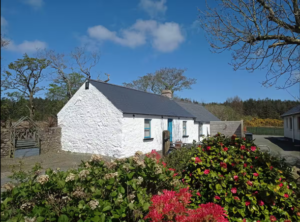
We made little to no preparations and I was surprised when I checked en-route how remote the cottage actually was. In Ireland everything appears close on the map, but windy country roads and traffic hubs can stretch a journey significantly. The spirit in the car was good though. Not too many “When are we getting there?” or “I am bored.” from the back seat. Our one-and-a-half year old enjoyed her position in the middle, whilst our five- and seven-year old were keeping each other busy.
The warmest of Welcomes
We got to the cottage at dusk, heavy wind blowing the rain sideways. Exhausted and hungry from the long car ride, the welcome couldn’t have been any nicer. The house keys were in a little code safe beside the door, the lights in the porch switched on. In the kitchen, a big box of local and homemade goodies was waiting for us – Irish Soda bread, scones, pastries and short bread. There was coffee, tea as well as milk and butter in the fridge for breakfast.
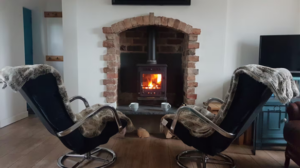
Each of the two bedrooms had their own ensuite. The kids unpacked immediately and were delighted with their “fancy room”, containing two single beds as well as books and toys. Afterwards they went exploring outside, thrilled they could use the swings in the hosts’ garden after being in the car all day. My husband John and I enjoyed the two relax chairs in front of the fire place, before we started making the dinner in the well thought through kitchen space. Despite the grim weather – or because of it – we appreciated the nature view through the former stable door at the back. We were ready to unwind for a couple of days.
Ideal for exploring the Causeway Coast
Wrapped up in rain gear, we set out to explore the Causeway Coast the next morning. I was looking forward to showing our kids the iconic sites that I had travelled long before they were born. The journey was our destination as we wound along the coastal road with stunning views beneath us. Rare moments of taking Ireland’s beauty in through a tourist’s eye, something I hadn’t done much over the past few years. Whilst I was climbing the Basalt columns of the Giant’s Causeway with our eldest, the girls had fun playing in the rock pools with Daddy. A family day out to our liking.
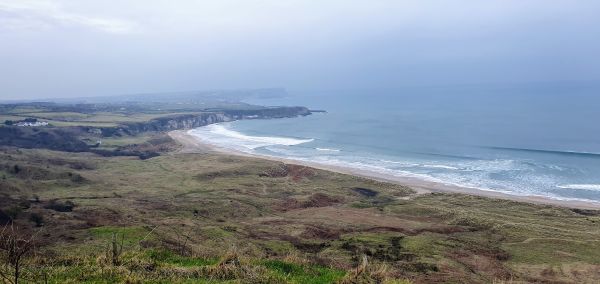
We only stayed for two nights, but they had everything my cosy-Irish-cottage dream is made of: Huddling up in front of the fire, watching a cheesy movie with the storm howling outside. Playing board games with the kids after a late breakfast, listening to the rain drumming against the windows. Enjoying hot chocolate, seafood, and long showers after a day trip in Irish weather. We absolutely loved our winter stay and will be back for a summer one!
Enchanting Fairytale Cottage in Leinster
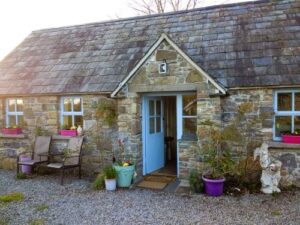
The most enchanting of all cosy Irish cottages I have ever seen was in Piltown, Co. Kilkenny. Its name couldn’t be more apt. It also turned out to be very conveniently located for our trip to the Irish National Heritage Park and exploring the town of Kilkenny the next morning.
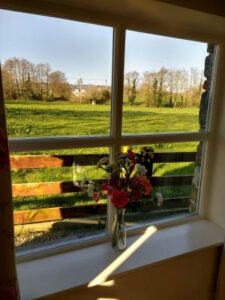
I was travelling with my sister, her husband and my one-year old at the time. Upon arrival we were greeted with homemade treats and spotless bedrooms. We were delighted with the garden at the back and all the amenities, especially for our little one. That he was spiking a temperature at night time, was not something I was prepared for. In panic I contacted the host who rushed to the late-night pharmacy without hesitation.
It’s been seven years since we stayed at the Enchanting Fairytale Cottage in Piltown. To this day I talk about the owner’s kindness. Apart from the chocolate box cottage, this is what stuck with me. What might seem like a small gesture is what makes Ireland and its people stand out to me: Showing kindness to a stranger.
Where to stay in Cork
A spontaneous trip in 2024 took us to Cork. This time I strayed from my principle of always booking cosy Irish cottages – for a good reason. It was the October bank holiday weekend and the weather was autumnal at best. When I found an Airbnb with a private indoor pool online, I didn’t hesitate to hit the “book” button. Nevertheless I remained doubtful whether the images were giving an accurate picture. A heated swimming pool in an Airbnb all to ourselves? It sounded too good to be true!

The check-in once more was super easy. No paper work, keys at the door, the pool ready to jump in. And that was exactly what we did after everybody had settled on their bed of choice. I had the luxury of sharing the double room with our eight-weeks old, while John shared the lower double bunk with our wriggly five-year old. The combined kitchen-living space was practical and smartly furnished. Needless to say that the heated pool was the highlight and turned out to be just like in the pictures.
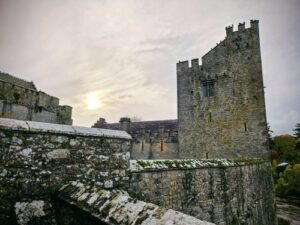
The tour of the Mitchelstown Caves the next day was a great adventure and kept us out of the rain. The afternoon was dry, so we explored Cahir Castle which was only a short drive away. For our trip into Cork City the day after, the colourful Irish autumn showed itself from its most beautiful side. We didn’t mind that it was lashing again the next day for all we wanted was to hop into the pool one more time before our departure. Thumbs up for a great Airbnb in the Province of Munster!
Country House Retreat in the Province of Connacht
As cosy Irish cottages go, Carmen’s and Robert’s Country House Retreat in Co. Sligo is probably more of a mansion. But one with a very cottagey feel to it. And a garden like out of a country magazine. The pictures online had already blown me away, but seeing it in the flesh exceeded my expectations. It combined all my rural living fantasies in one:
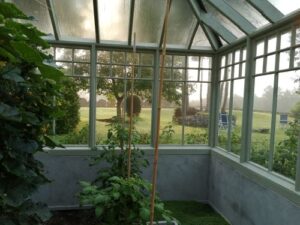
Getting woken up by the sounds of nature in a generous, cosy bedroom. Having breakfast in the conservatory that doubled as a greenhouse, plucking tomatoes straight off the plant. Picnicking in the spacious, secluded garden where the kids could run freely without any concerns.
We were also blessed with the most gorgeous summer weather during our stay. We went swimming in the warm, shallow Atlantic at Aughris Head in Sligo Bay. Took a hike up to the Carrowkeel Megalithic Tombs, towering over the breathtaking landscape; and spent a great family afternoon at eaglesflying.com. In the evenings we enjoyed BBQs, enveloped in the mild air and the smell of the freshly harvested neighbouring fields.
There was nothing that Robert and Carmen could have changed to make our stay more pleasant. Everything was immaculate. I particularly enjoyed Carmen’s in-house massage treatment, during which I could leave the busy family life behind for a moment. All around an unforgettable holiday experience, hopefully to be repeated soon!
Precious Little Breaks
Cosy Irish cottages are just the perfect accommodation for our little family get-aways. Their flexible set-ups suit our needs as family with kids at different ages and stages. They provide me with inspiration to write and ideas for our own home. After a couple of nights in rural Ireland I feel fully recharged and even more grateful for the breathtaking country we live in.


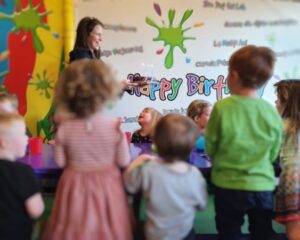
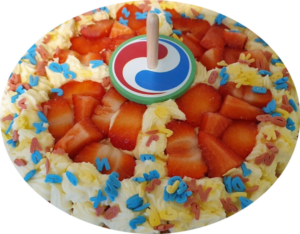 When the initial excitement after the arrival of the guests ceases, we have the birthday cake. Rather than waiting until the end of the party, they get to use up their sugar intake during the party games. Colourful sprinkles, fruit and decorations make up for a reduced sugar content in my cakes.
When the initial excitement after the arrival of the guests ceases, we have the birthday cake. Rather than waiting until the end of the party, they get to use up their sugar intake during the party games. Colourful sprinkles, fruit and decorations make up for a reduced sugar content in my cakes.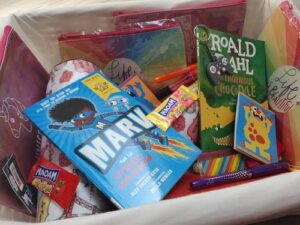
 Each year I think hard how to decorate the birthday cakes. Of course it has to be a themed cake and even though mine never turn out perfect, I can’t get myself to buy one. I keep the flavours simple and when it comes to decorations, I turn to non-edibles. Simply because they function as toys at the same time. Instead of buying action figures or bracelets as gifts, I put them on top of the cake or wrap them around muffins as decorations. This year I lined the icing with croc charms which doubled as party favours.
Each year I think hard how to decorate the birthday cakes. Of course it has to be a themed cake and even though mine never turn out perfect, I can’t get myself to buy one. I keep the flavours simple and when it comes to decorations, I turn to non-edibles. Simply because they function as toys at the same time. Instead of buying action figures or bracelets as gifts, I put them on top of the cake or wrap them around muffins as decorations. This year I lined the icing with croc charms which doubled as party favours.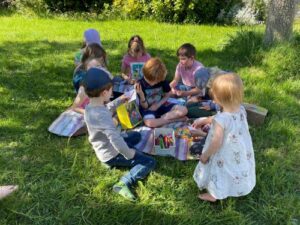
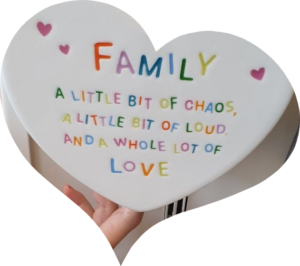

 Mind-numbing
Mind-numbing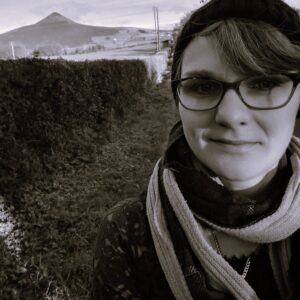
 When I heard of Mindfulness Courses for the first time, I wondered why you needed someone to teach you how to be in the moment. But with all the input and distraction available, and almost unavoidable these days, mindfulness has become an art. The fear of missing out, or not being informed at all times, has become a big part of our daily lives.
When I heard of Mindfulness Courses for the first time, I wondered why you needed someone to teach you how to be in the moment. But with all the input and distraction available, and almost unavoidable these days, mindfulness has become an art. The fear of missing out, or not being informed at all times, has become a big part of our daily lives.
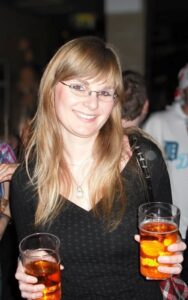 3. What did you like most about Ireland when you first came in 2008?
3. What did you like most about Ireland when you first came in 2008?
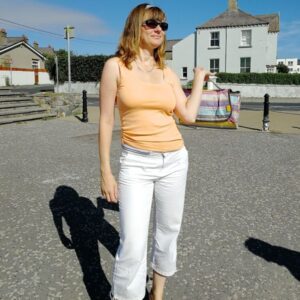 Hot summers and snow. I love autumn and spring in Ireland. With their mild temperatures and nature bursting with colours, they are my favourite seasons here. But I do miss consecutive dry days with temperatures over 20 degrees in the summer and cold, snowy winters.
Hot summers and snow. I love autumn and spring in Ireland. With their mild temperatures and nature bursting with colours, they are my favourite seasons here. But I do miss consecutive dry days with temperatures over 20 degrees in the summer and cold, snowy winters.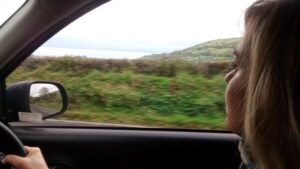
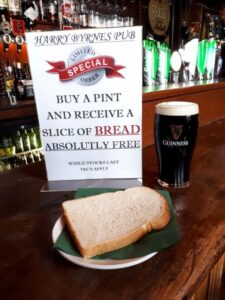 I have always loved Irish food and the mostly hearty dishes. A full Irish breakfast is an absolute must if you have never tried it before. Be brave and go for the black and white pudding even though they don’t seem like typical breakfast items. Tourism traps using low quality products or selling overpriced Guinness Pie and Seafood Chowder can be a letdown. But when done right, Irish classics such as stew, salmon or shepherd’s pie are a real delight!
I have always loved Irish food and the mostly hearty dishes. A full Irish breakfast is an absolute must if you have never tried it before. Be brave and go for the black and white pudding even though they don’t seem like typical breakfast items. Tourism traps using low quality products or selling overpriced Guinness Pie and Seafood Chowder can be a letdown. But when done right, Irish classics such as stew, salmon or shepherd’s pie are a real delight!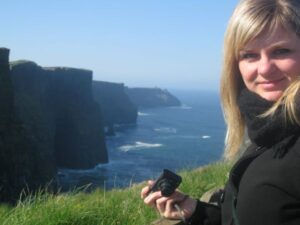
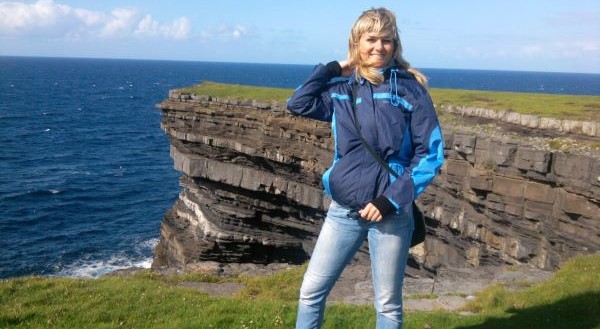

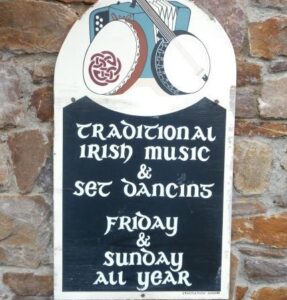 Less dreaming, more preparing!
Less dreaming, more preparing!
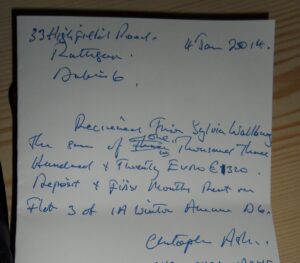
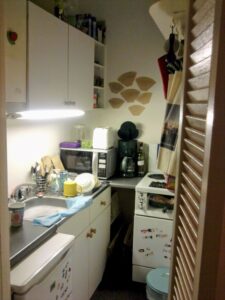
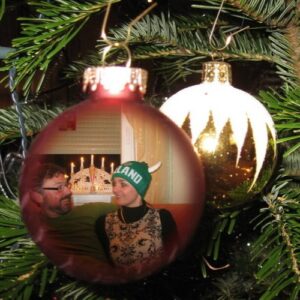 It is the 10th year John and I have been decorating together for Christmas in Ireland. Well, he is decorating and I get veto rights. He loves Christmas and is always super excited when it is time to get out the decorations. The more colourful the better. I would prefer a more natural, red and green colour scheme. I like the idea of it being based on red apples hung on an evergreen tree to teach the story of Adam & Eve before people could read.
It is the 10th year John and I have been decorating together for Christmas in Ireland. Well, he is decorating and I get veto rights. He loves Christmas and is always super excited when it is time to get out the decorations. The more colourful the better. I would prefer a more natural, red and green colour scheme. I like the idea of it being based on red apples hung on an evergreen tree to teach the story of Adam & Eve before people could read.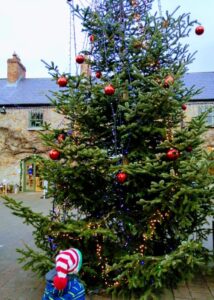

 December, all the way through the house. He usually takes a few tumbles off ledges and shelves en route, but we successfully mend him each time. The youngest member of the family gets to put him into the crib on Christmas Day. For us a more genuine alternative to the Elf on the Shelf.
December, all the way through the house. He usually takes a few tumbles off ledges and shelves en route, but we successfully mend him each time. The youngest member of the family gets to put him into the crib on Christmas Day. For us a more genuine alternative to the Elf on the Shelf.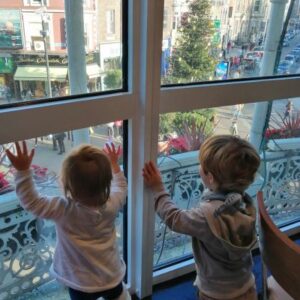
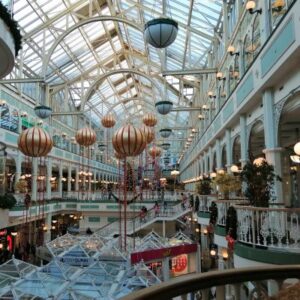


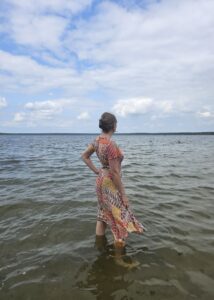

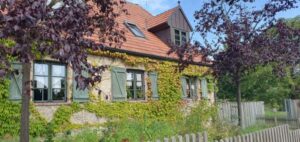
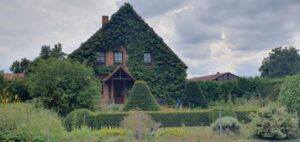

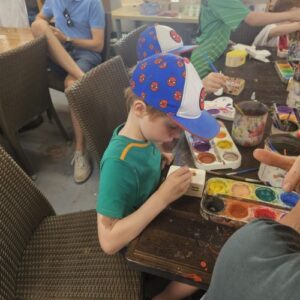
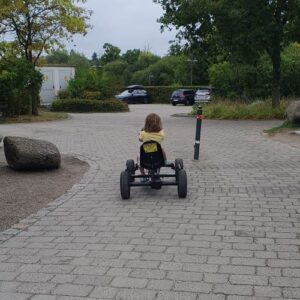

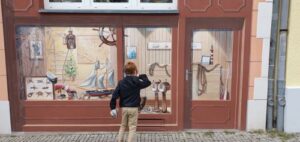
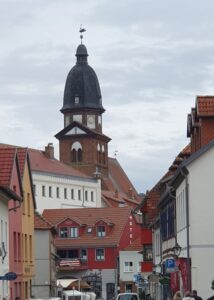

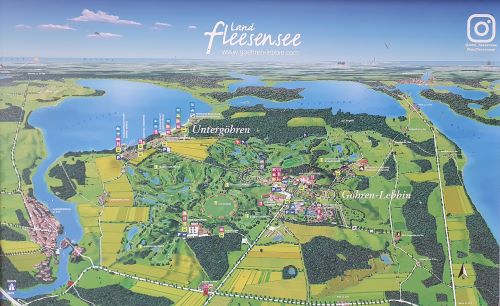
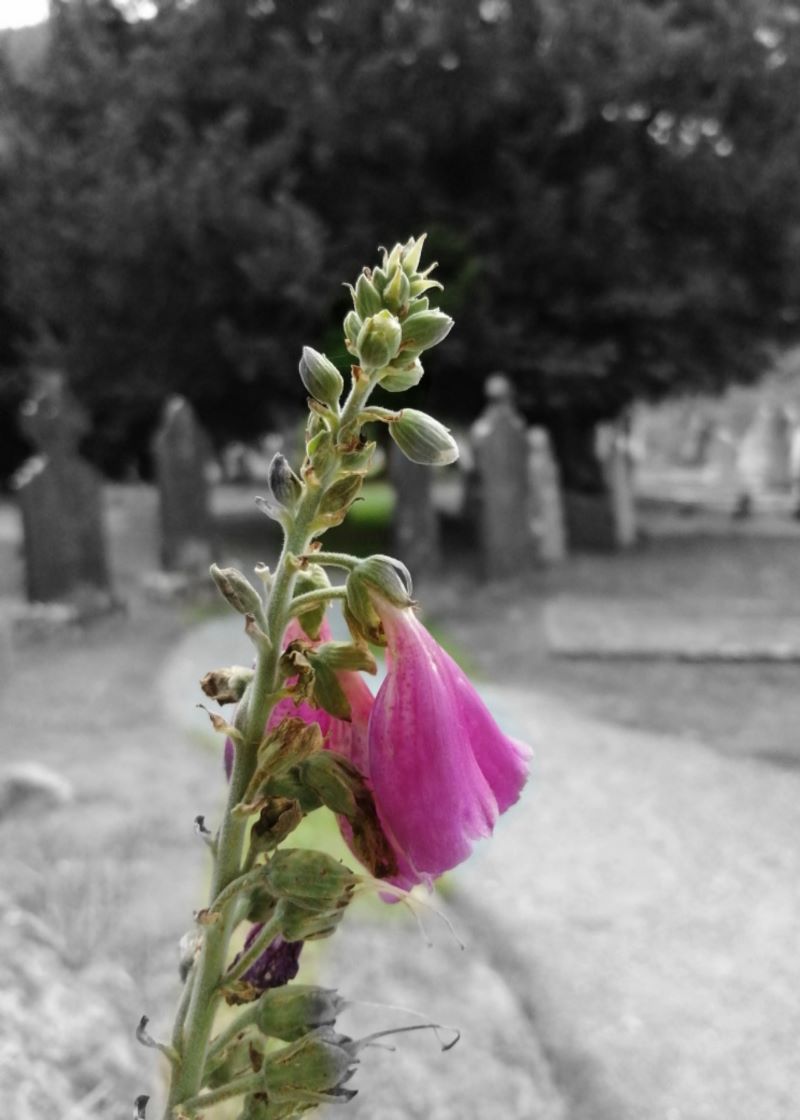
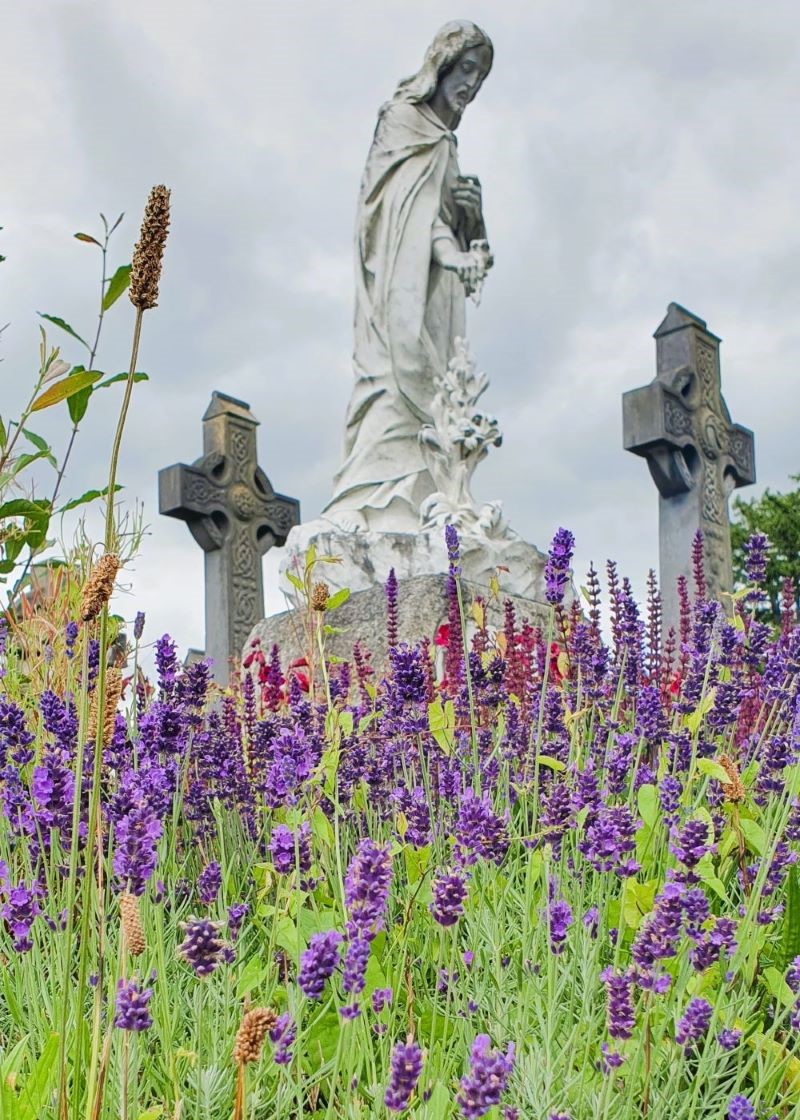

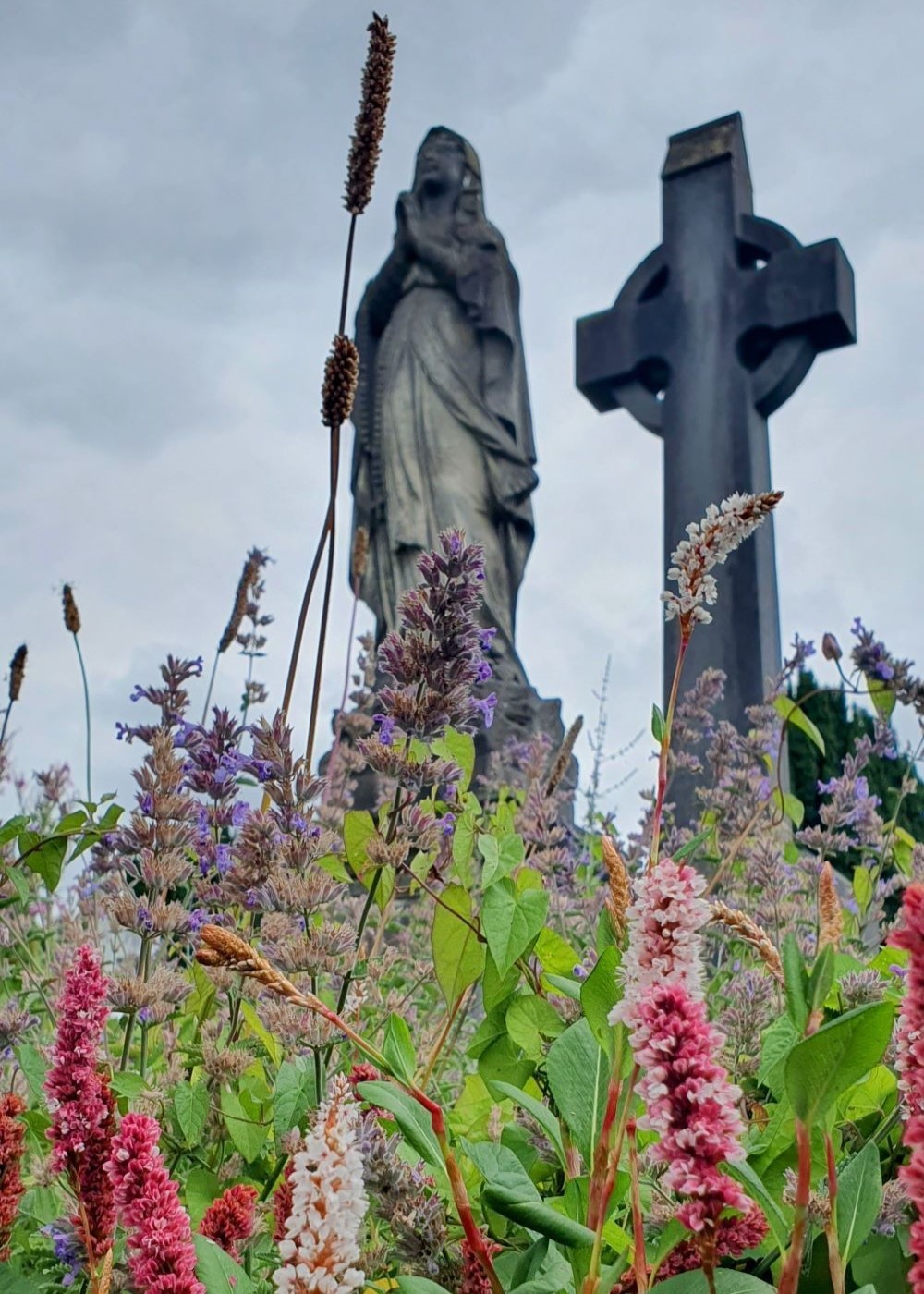

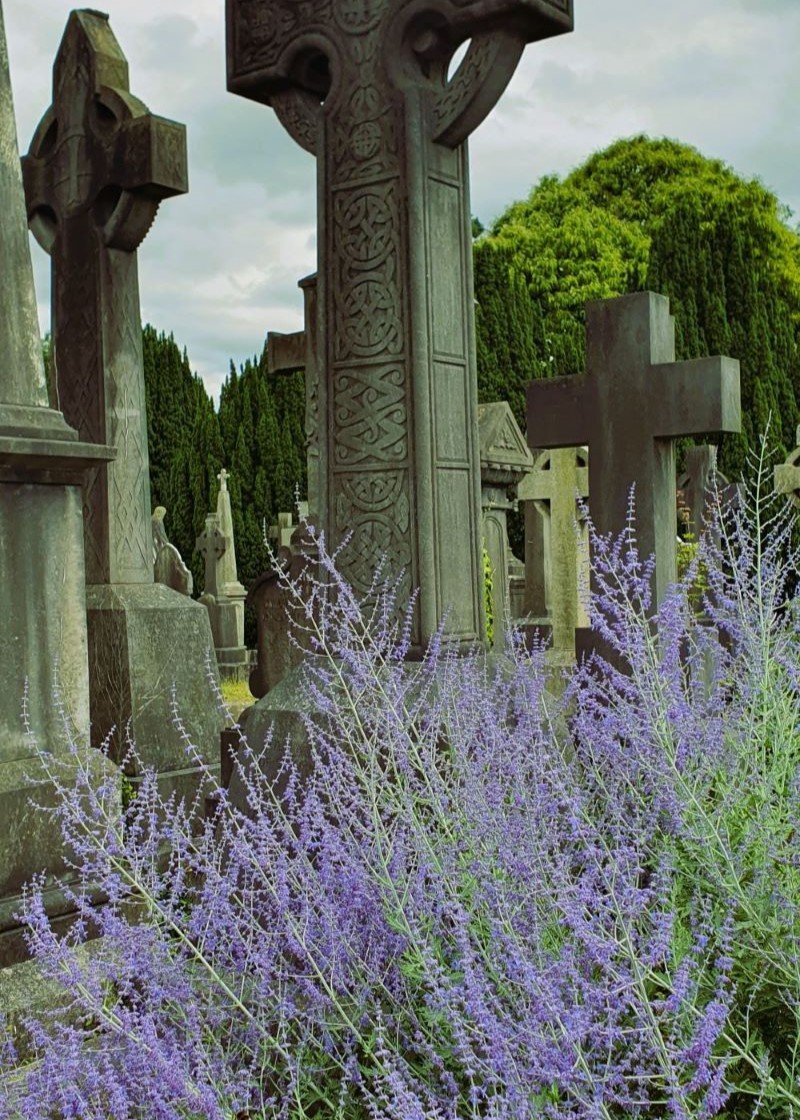
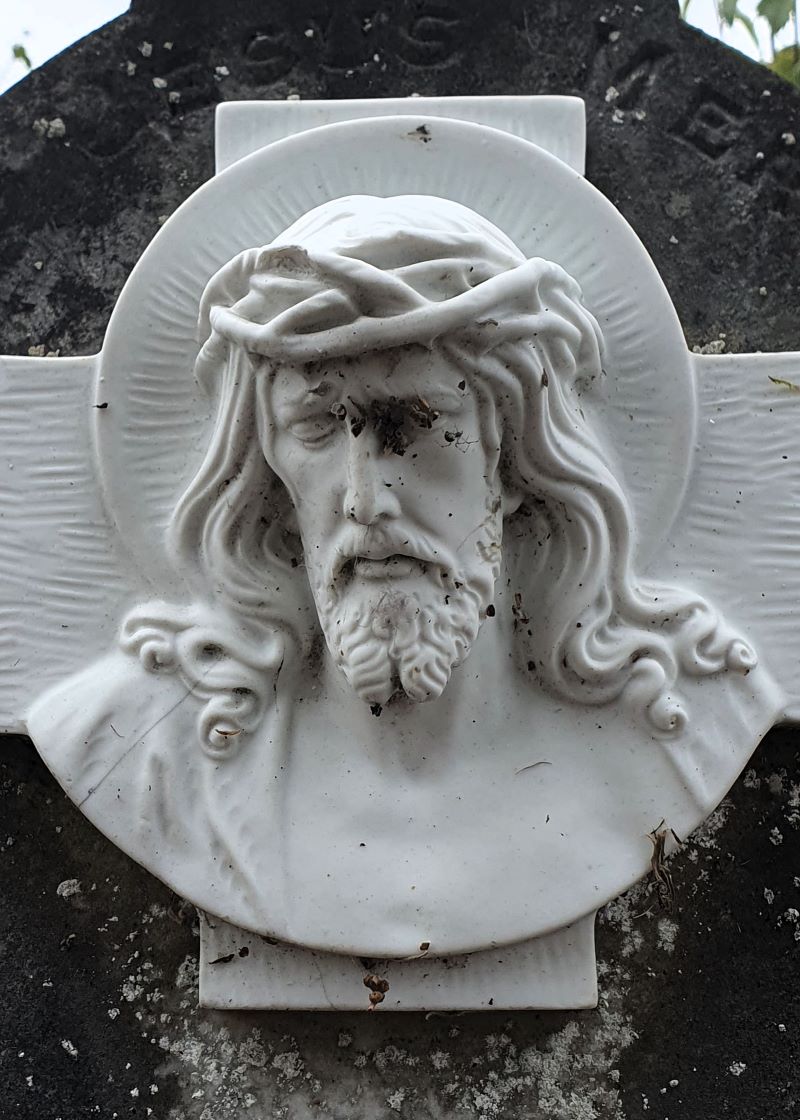
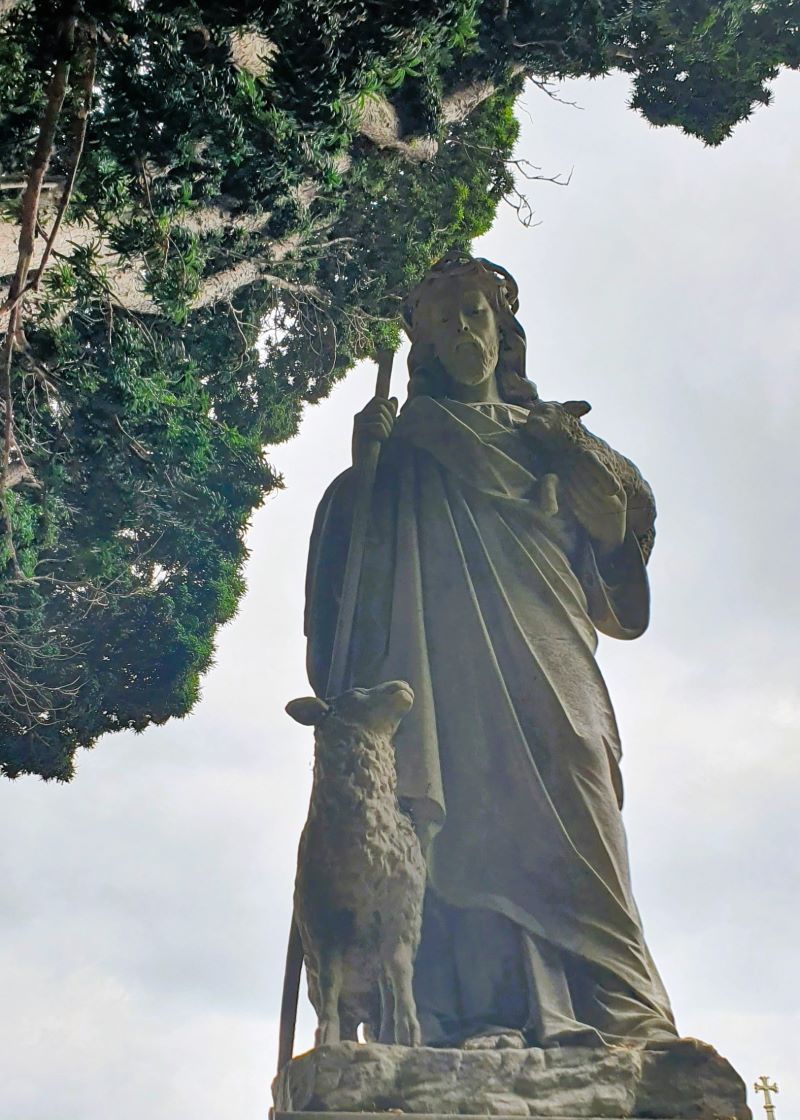

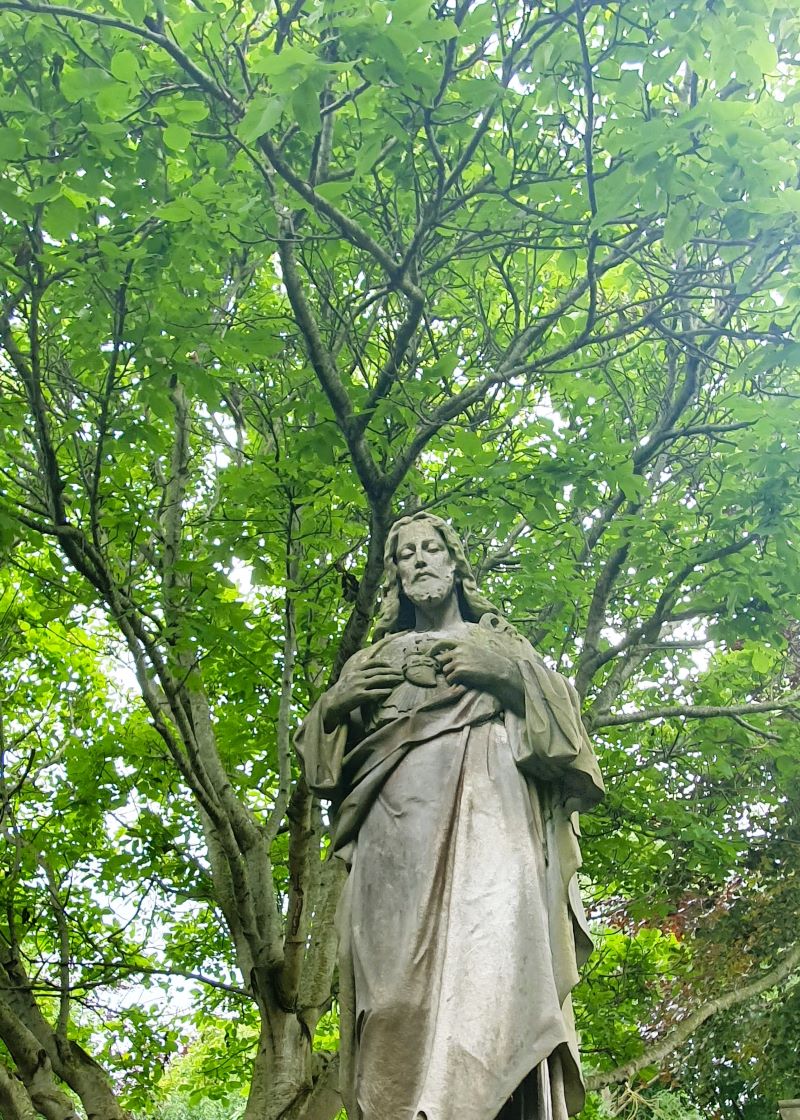
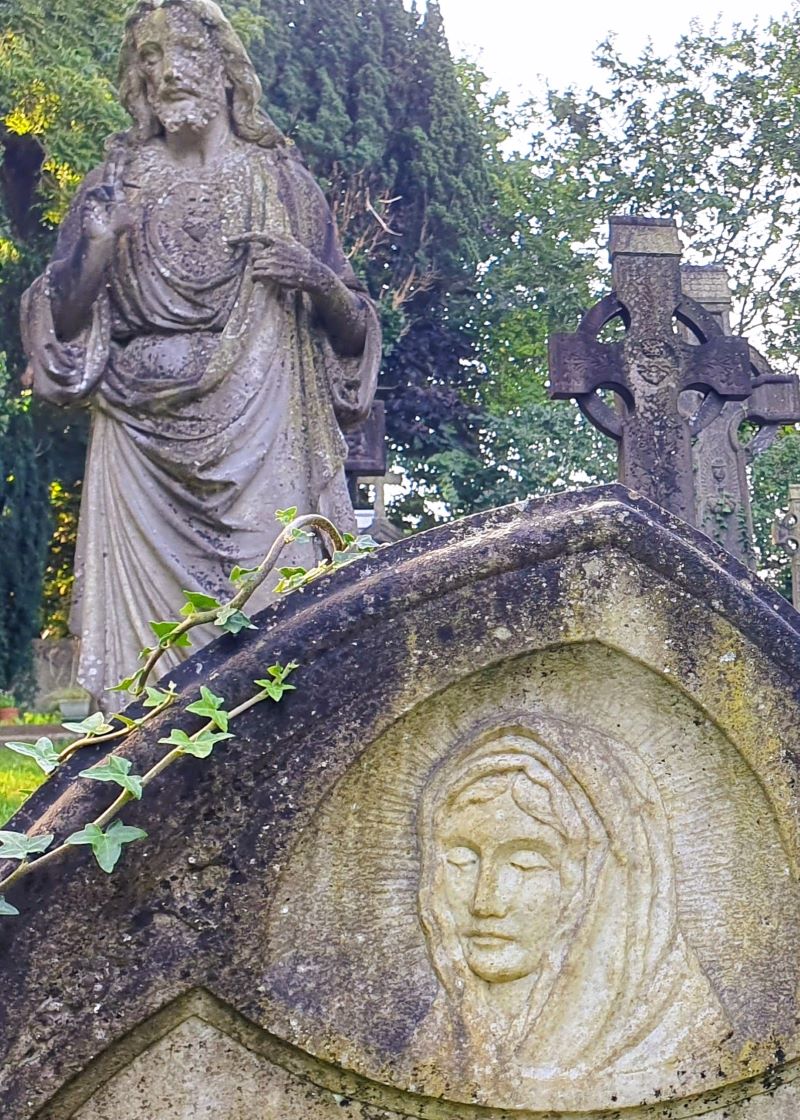
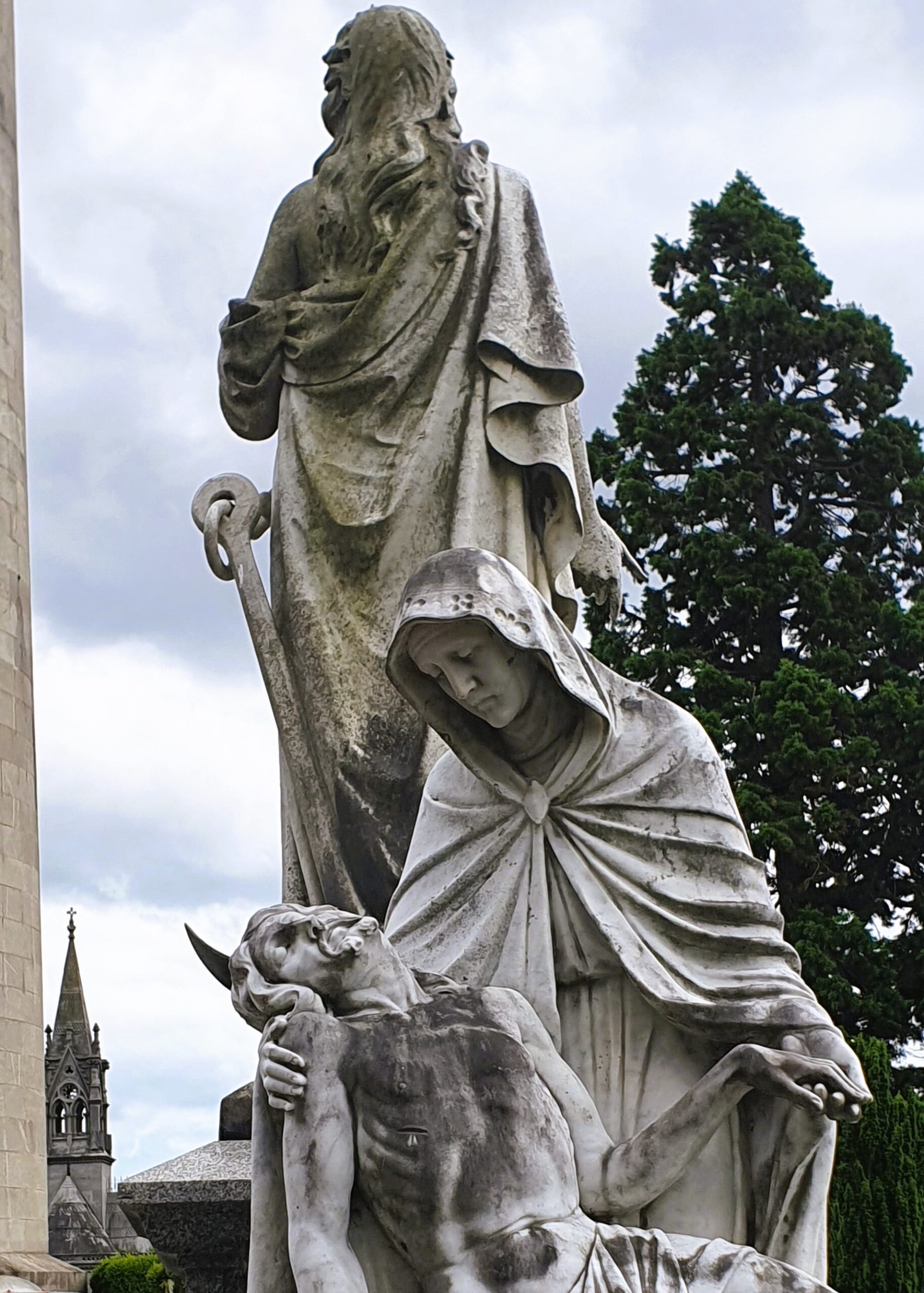
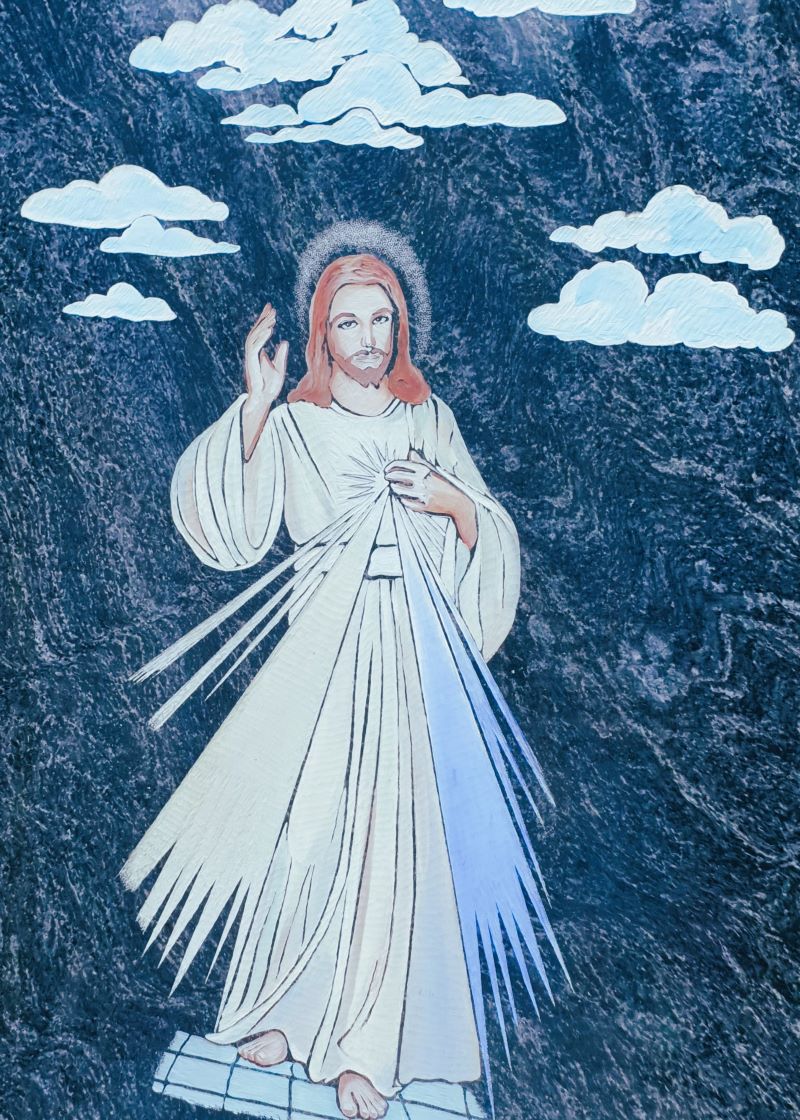
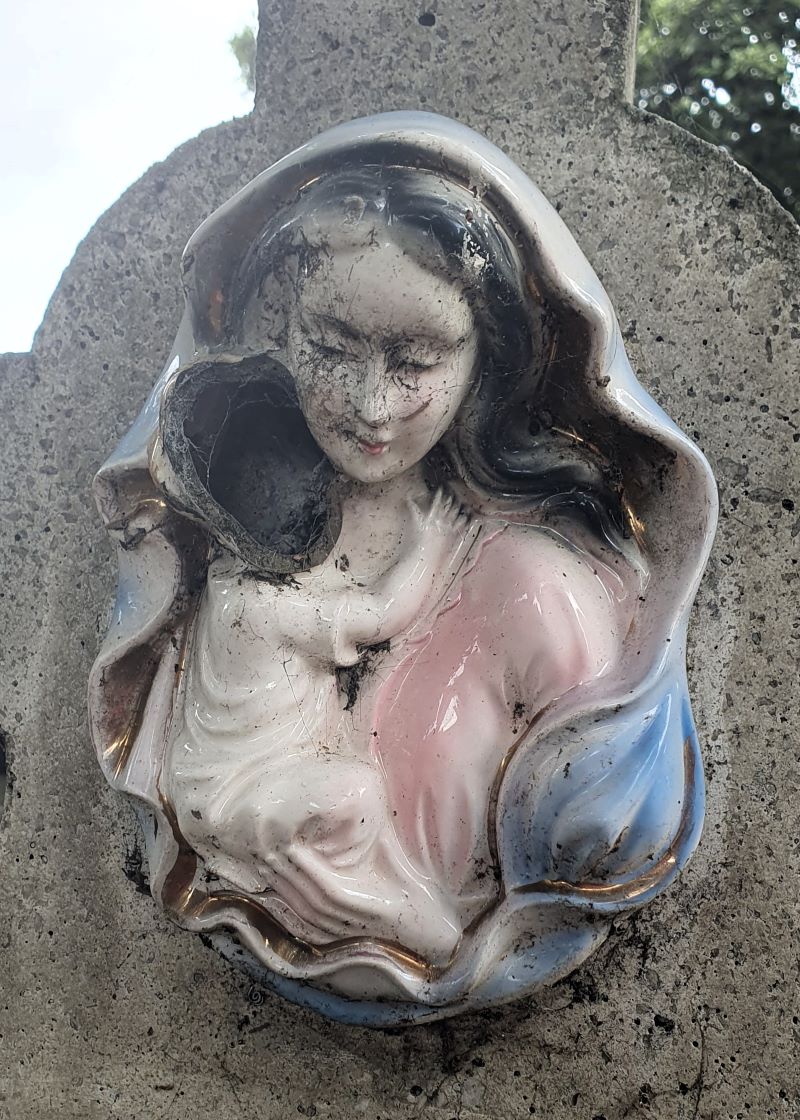


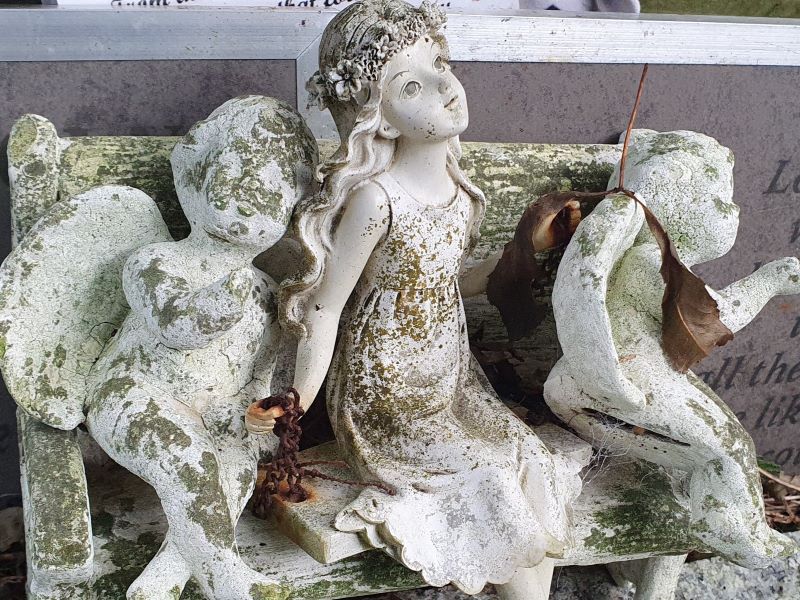
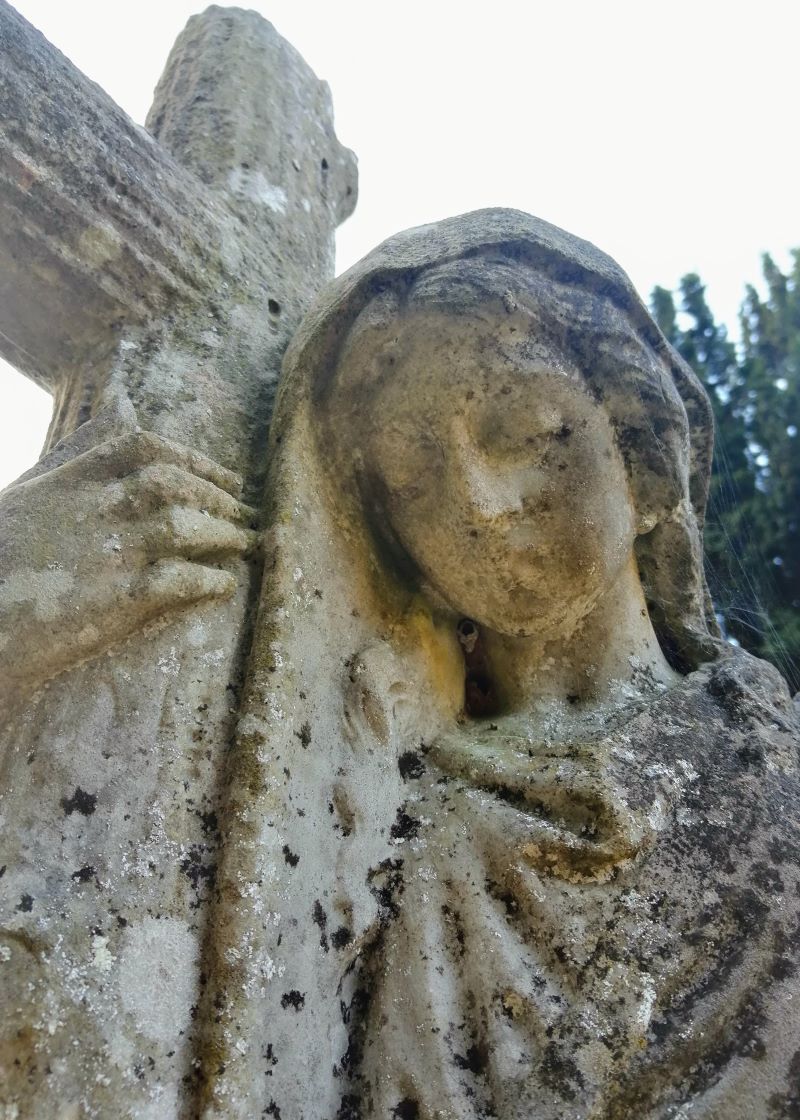
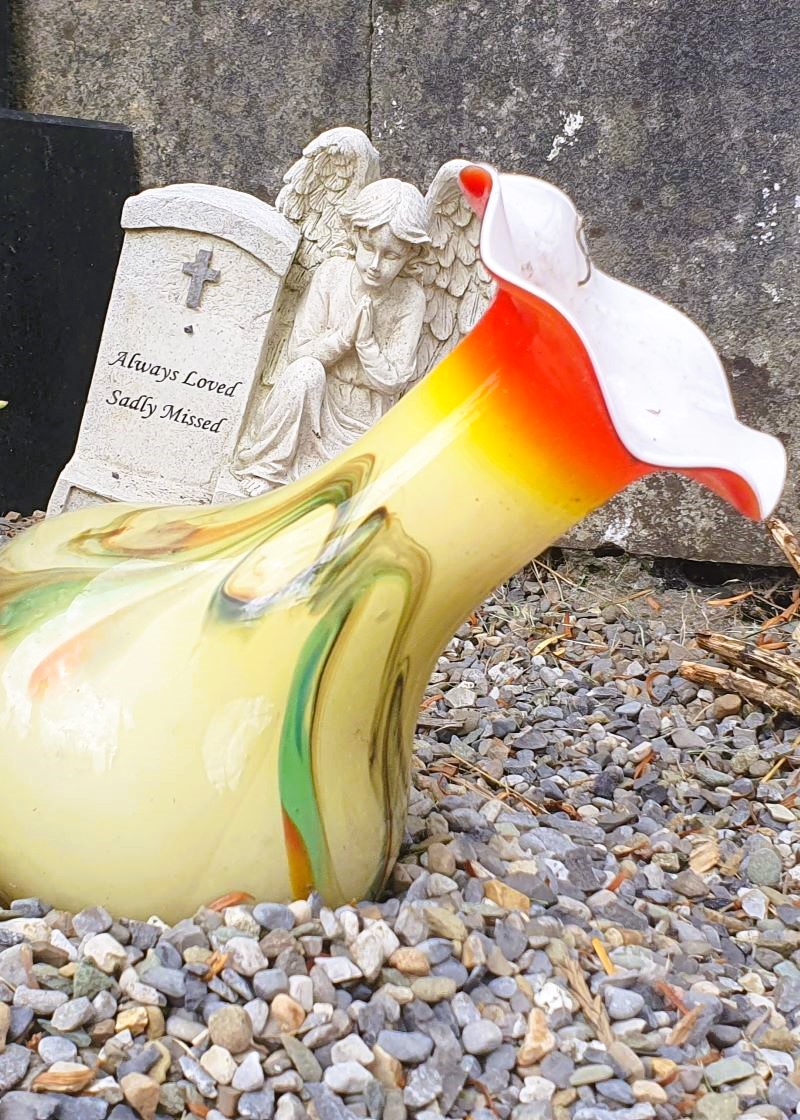
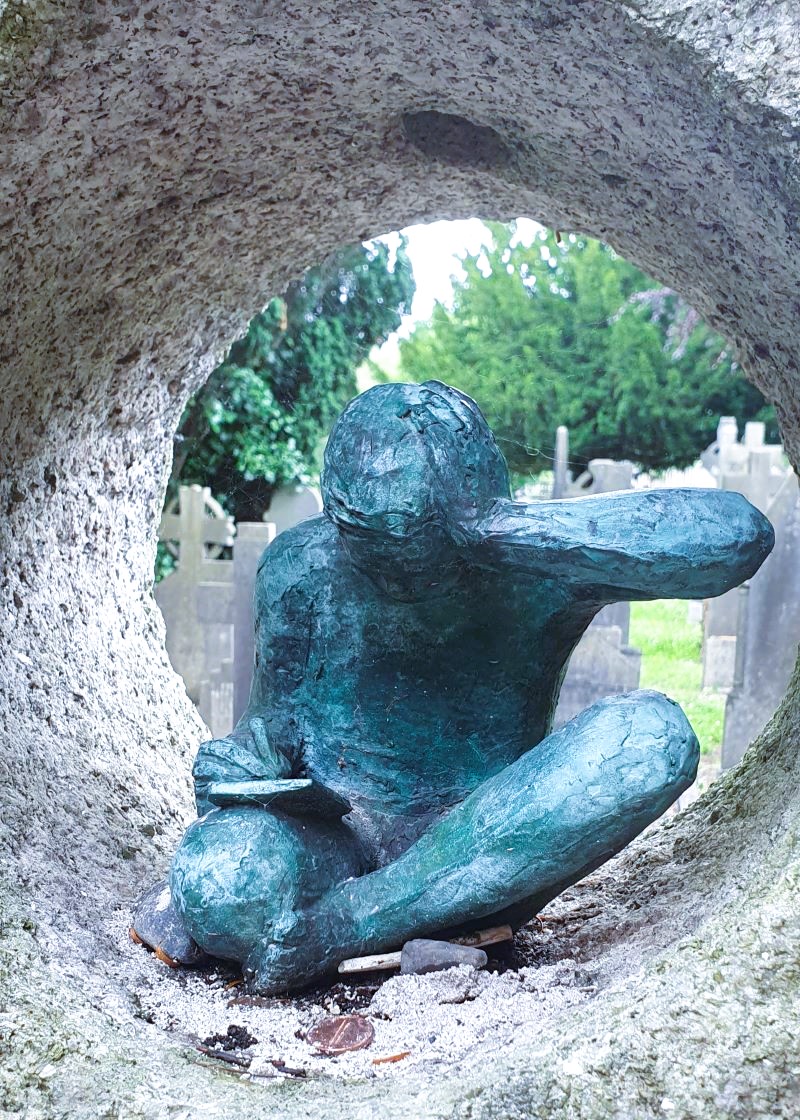
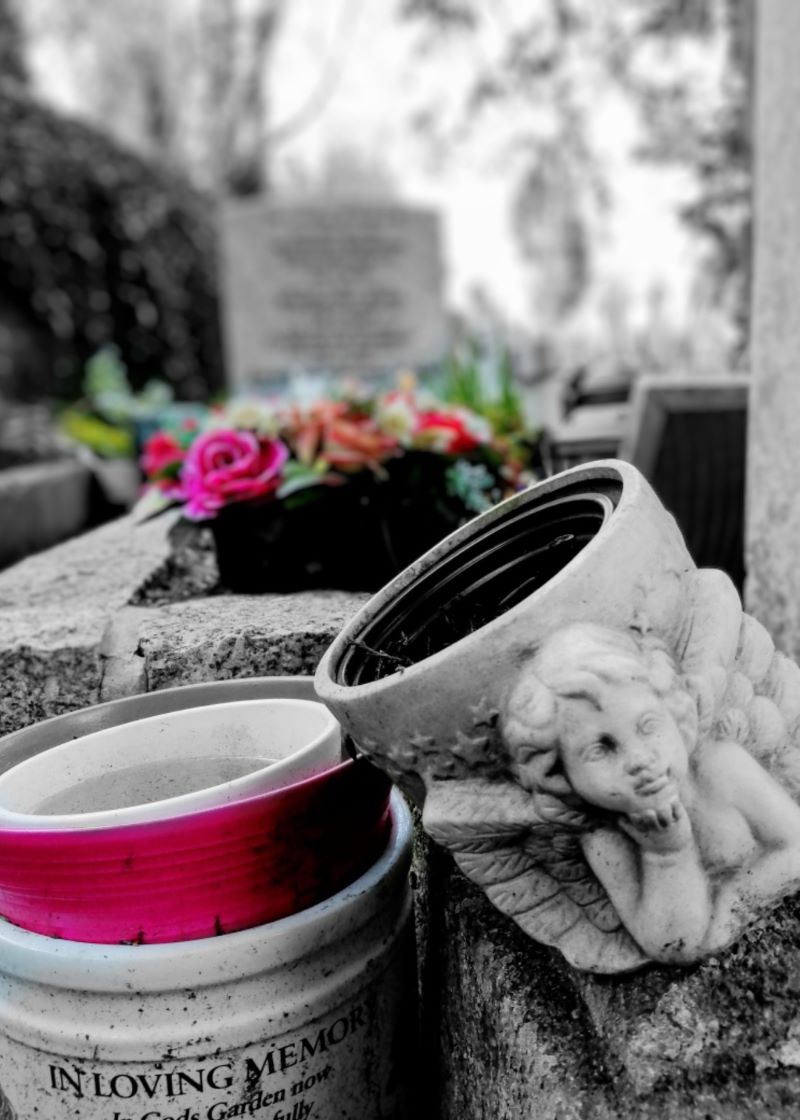

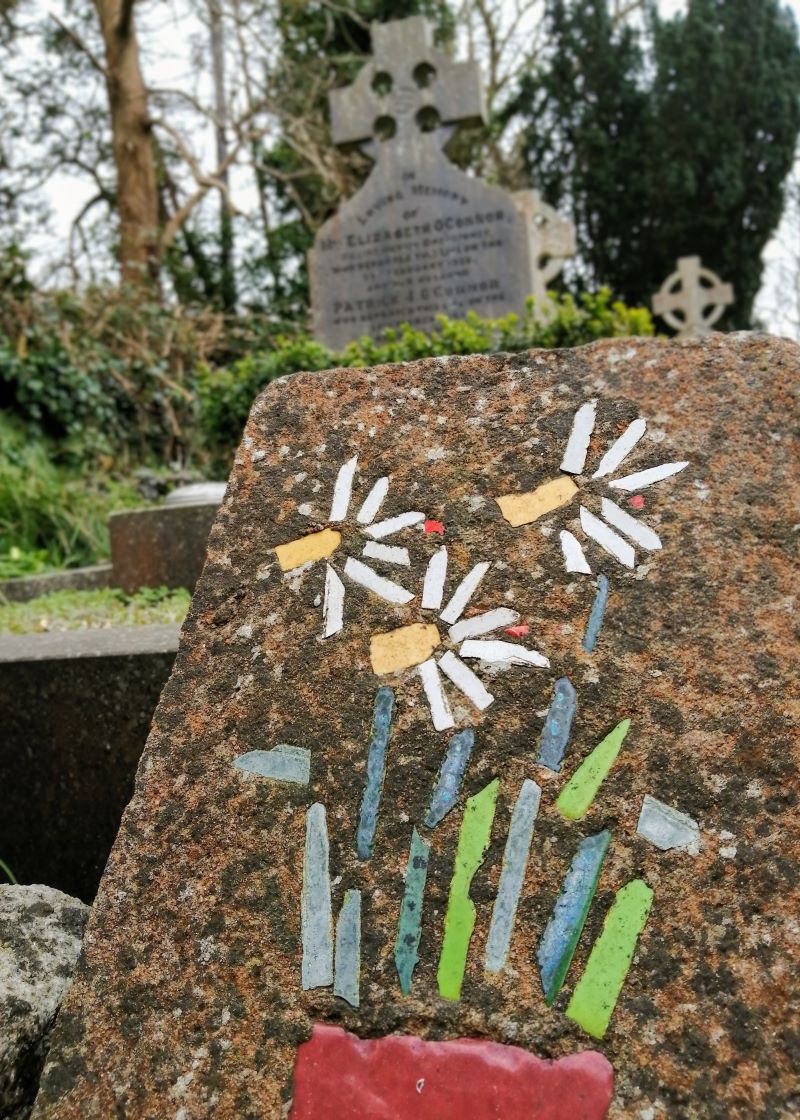

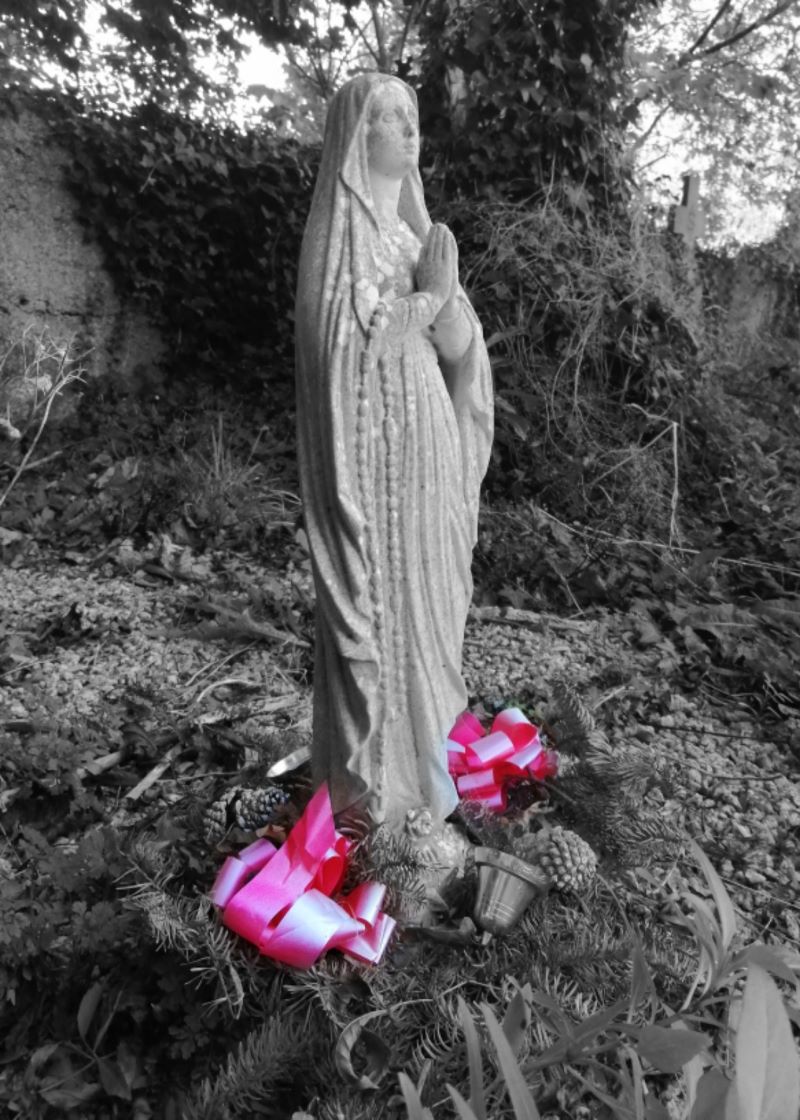
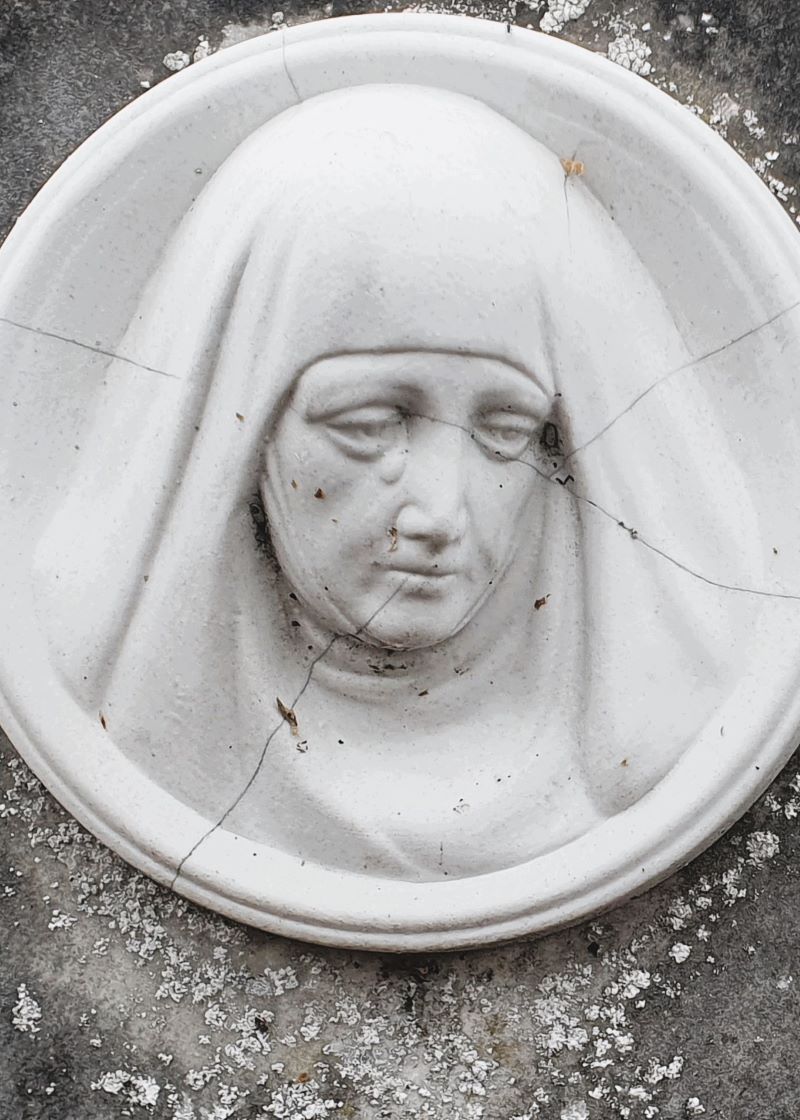
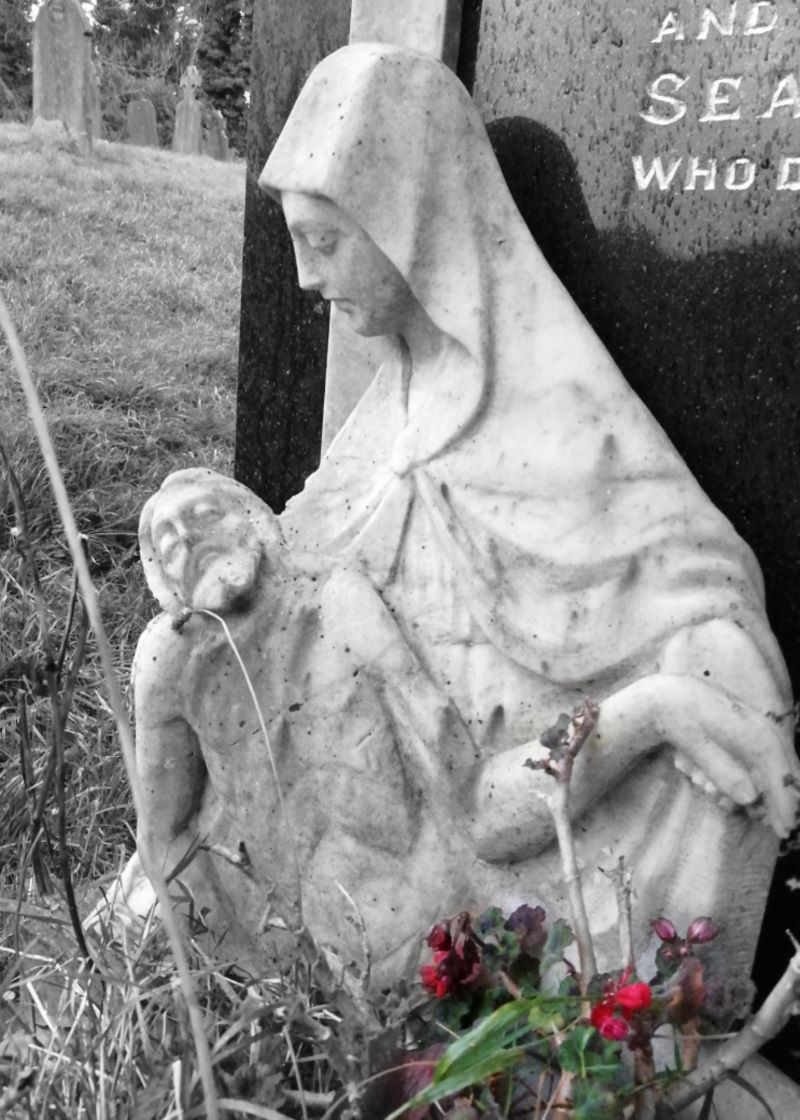

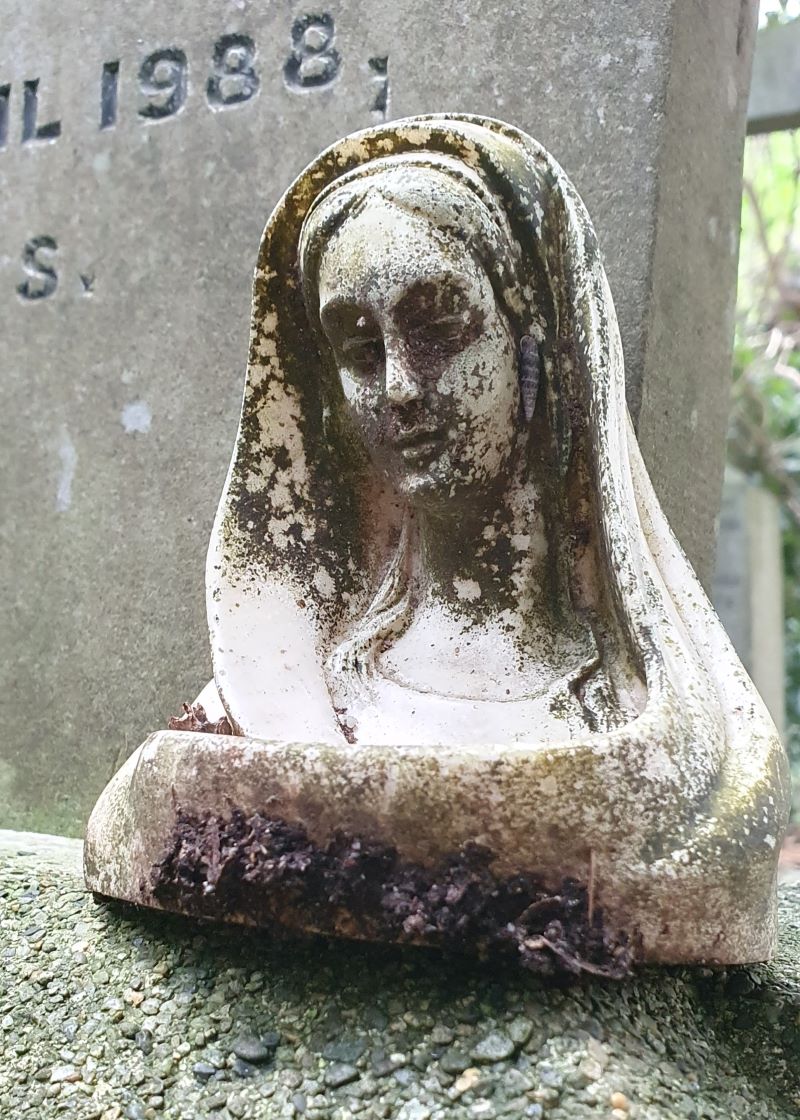
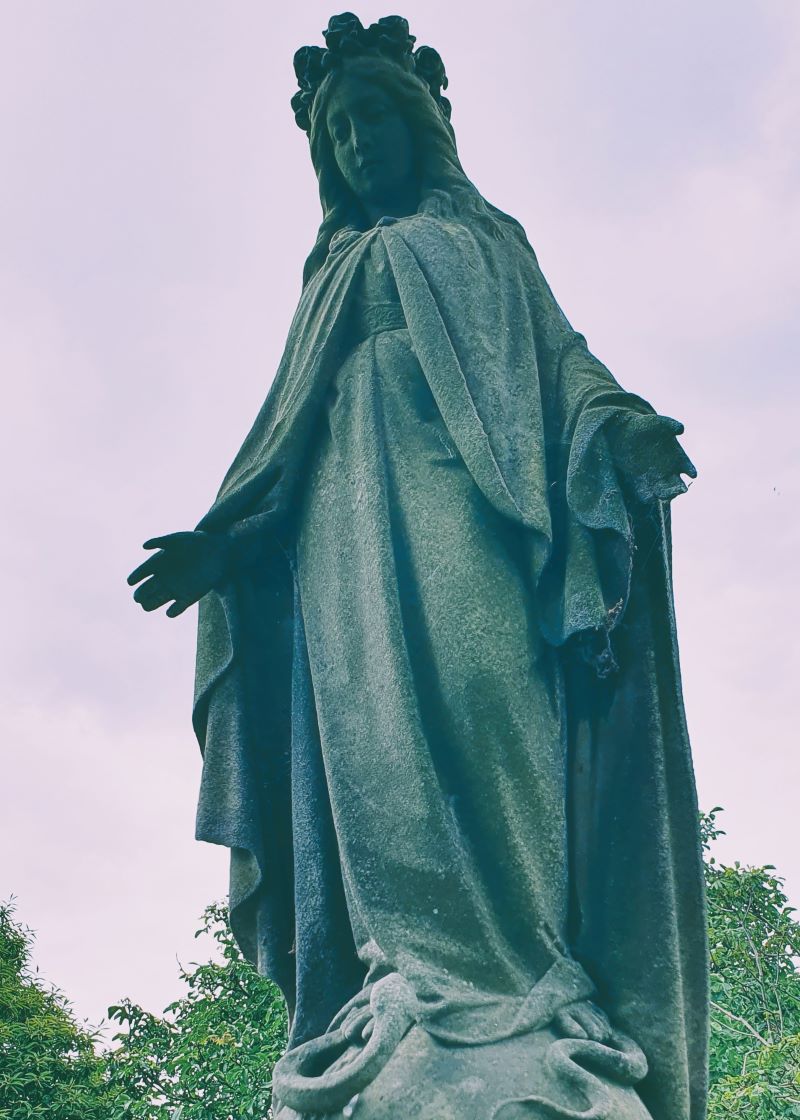

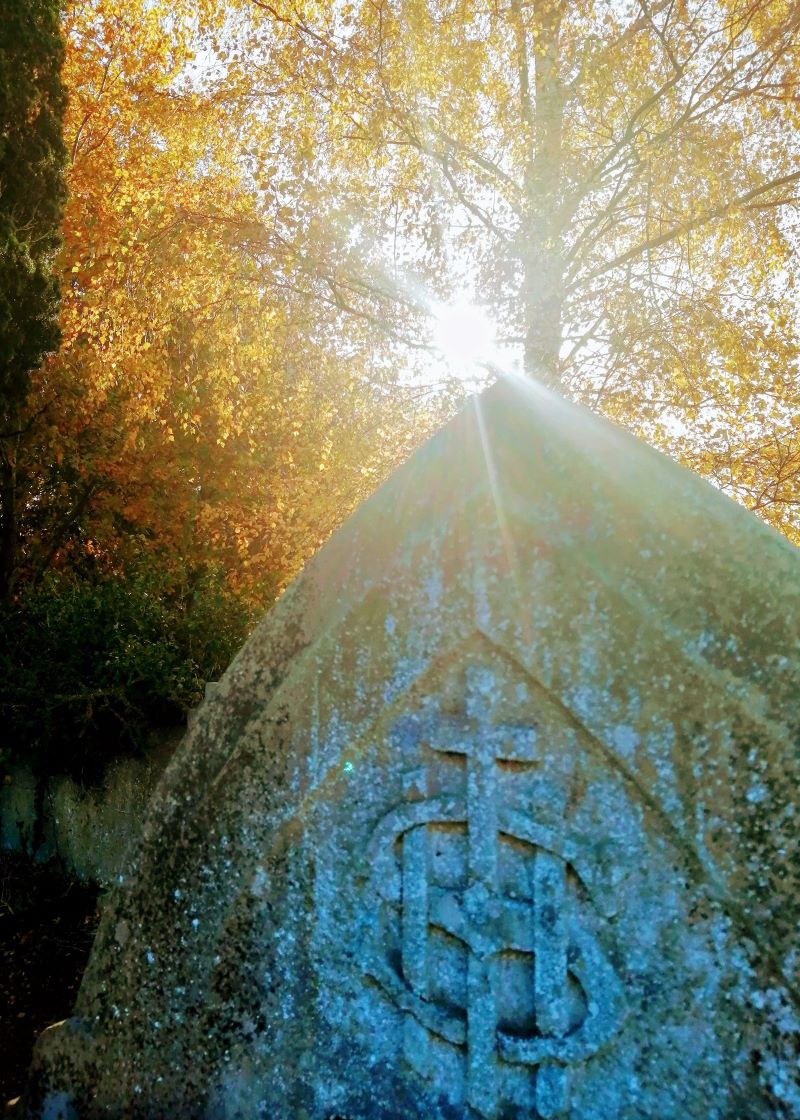
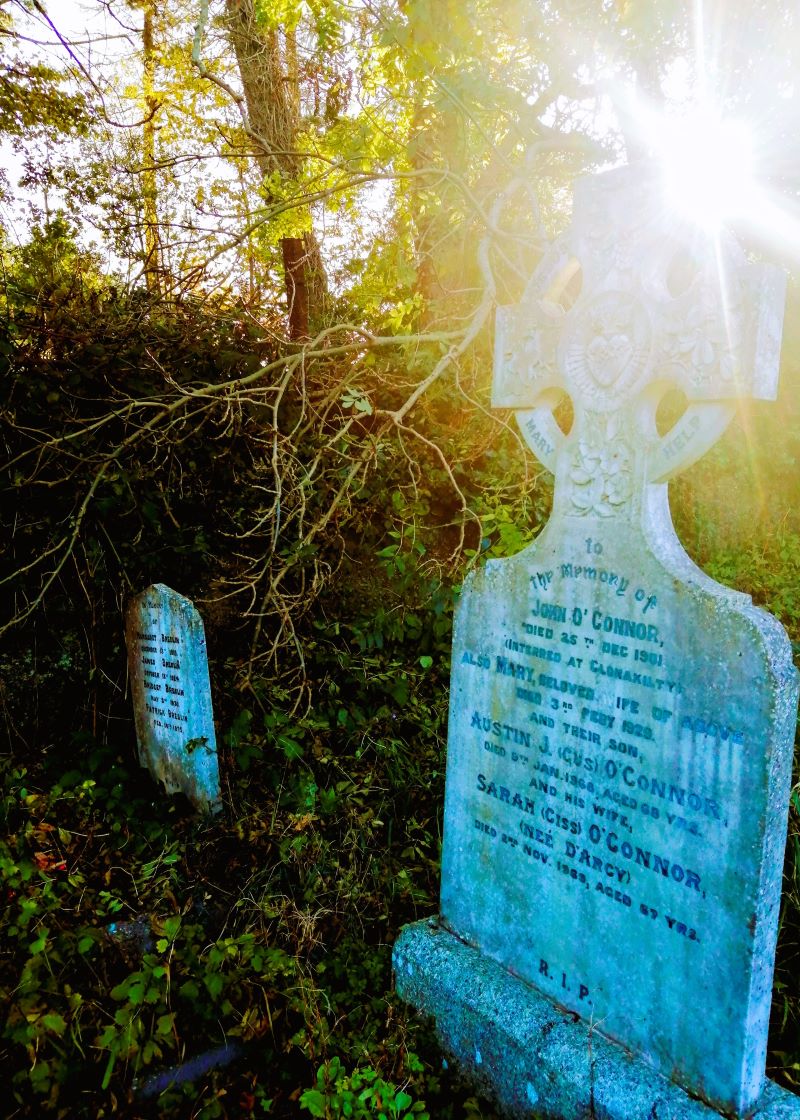
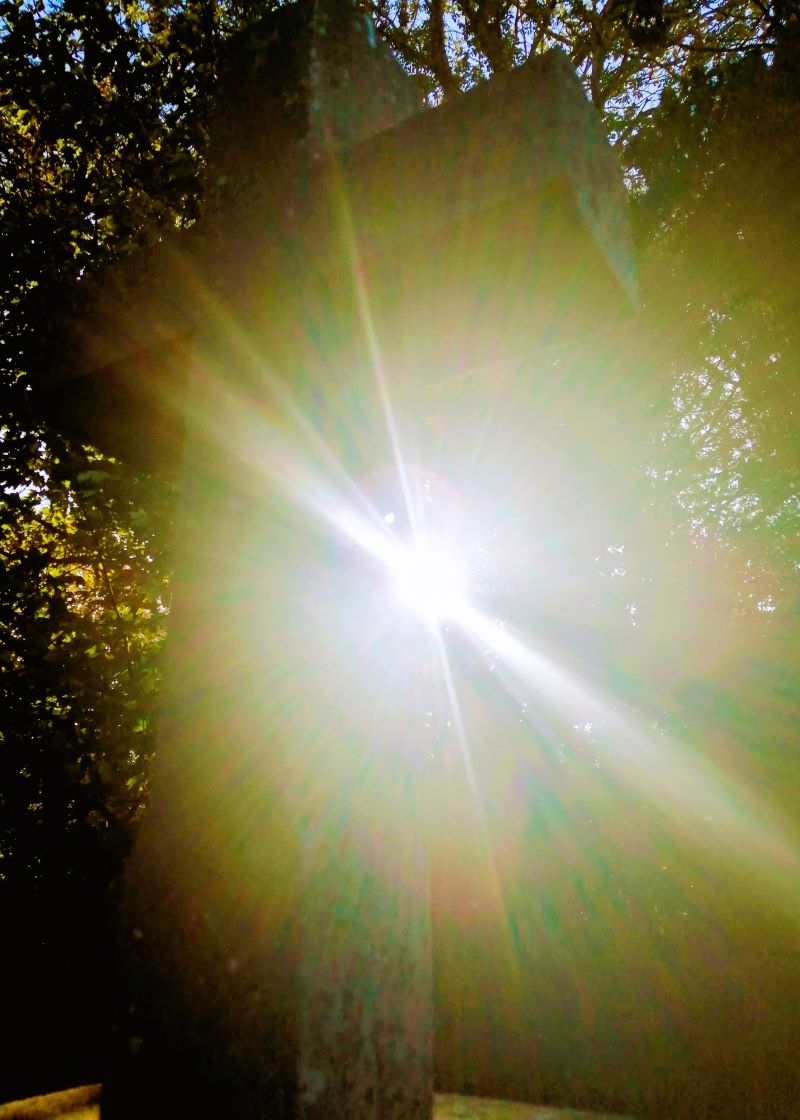


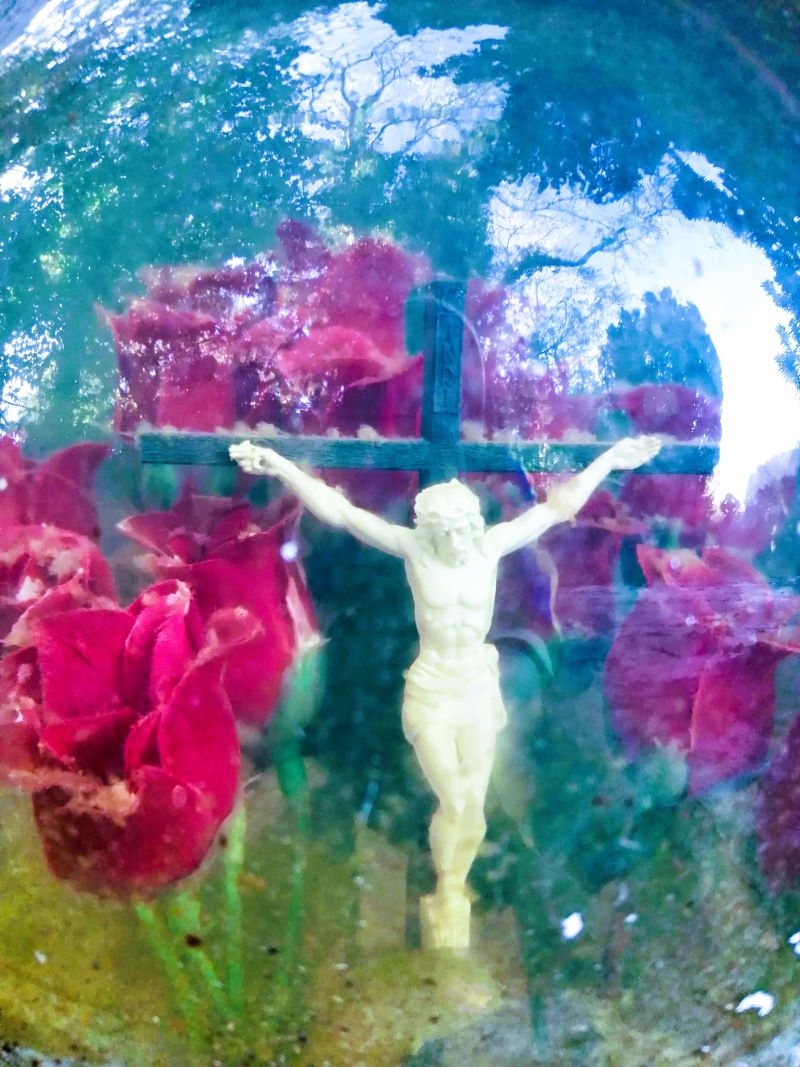
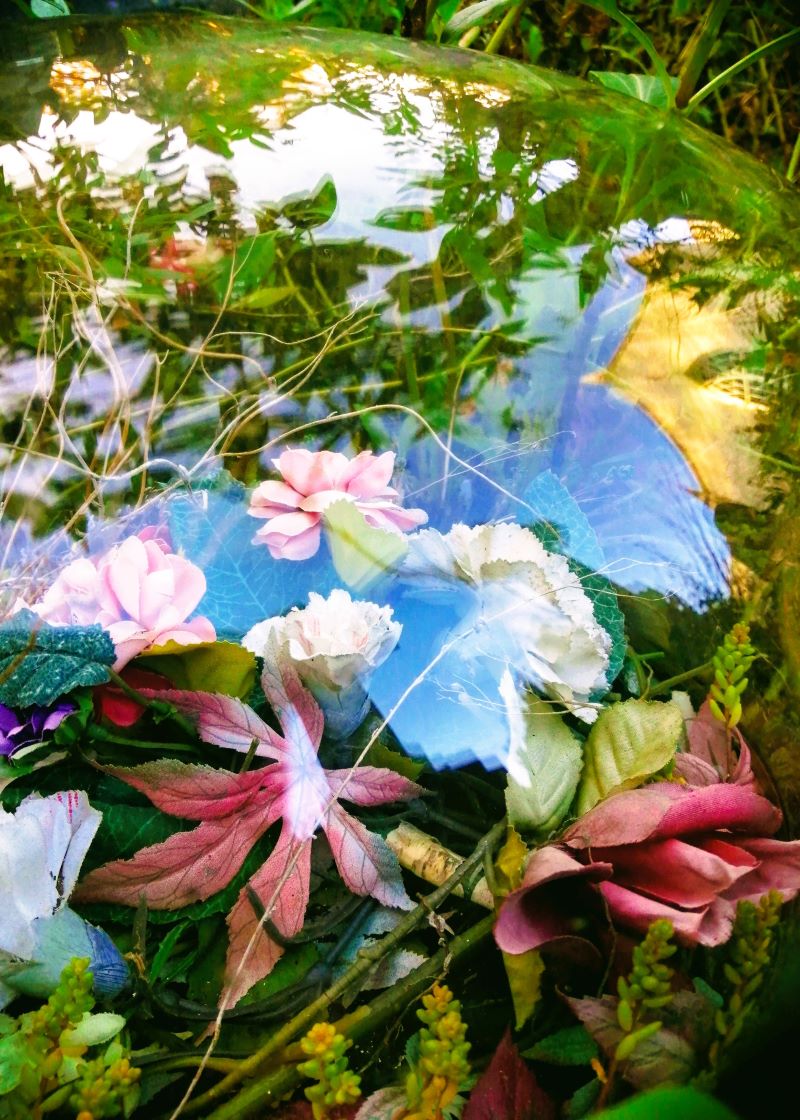

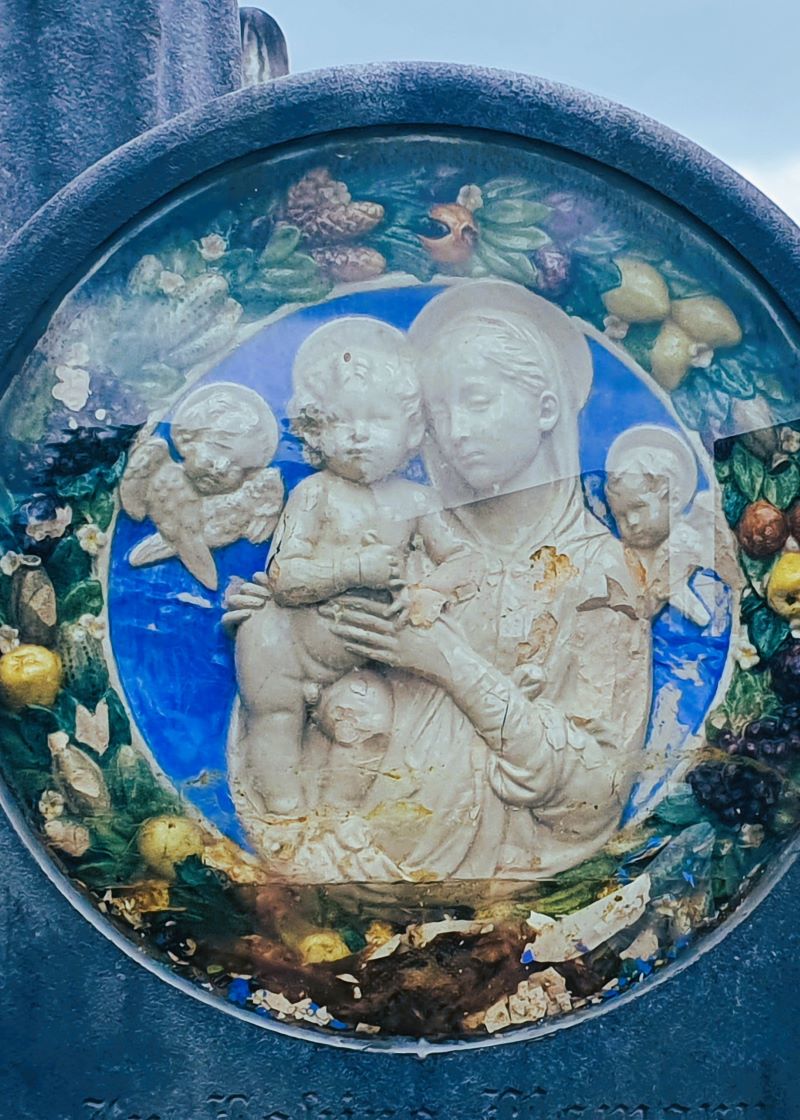
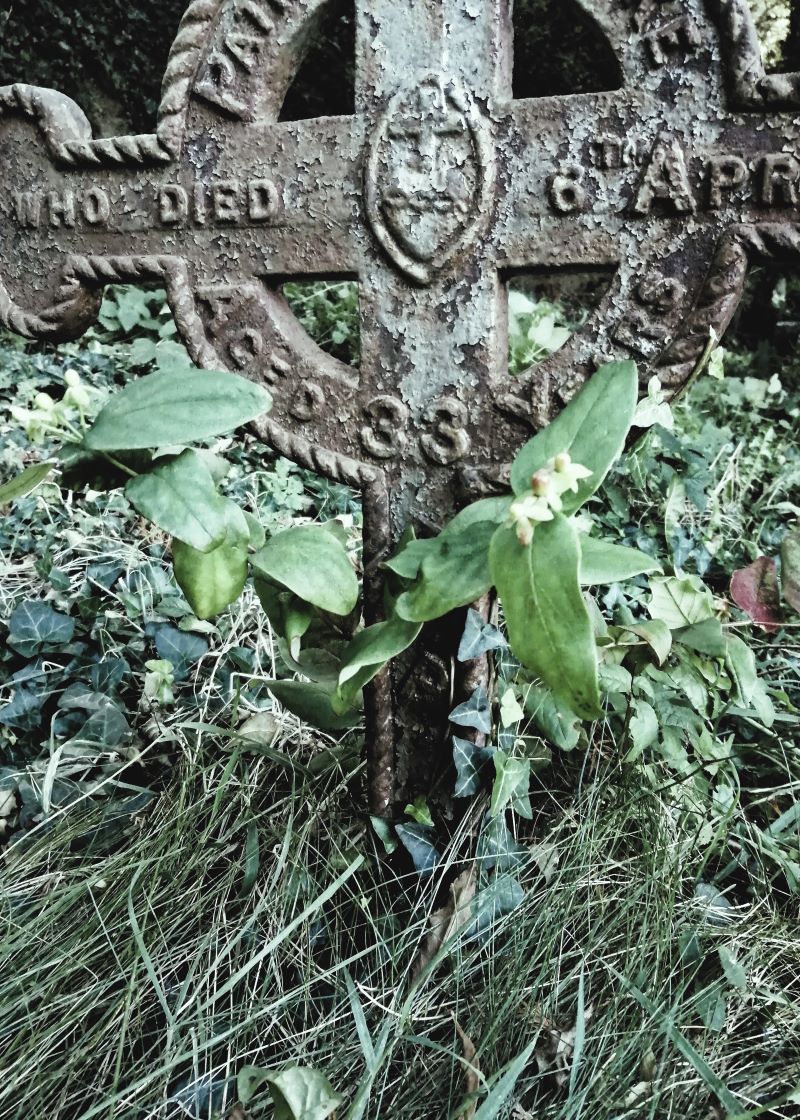
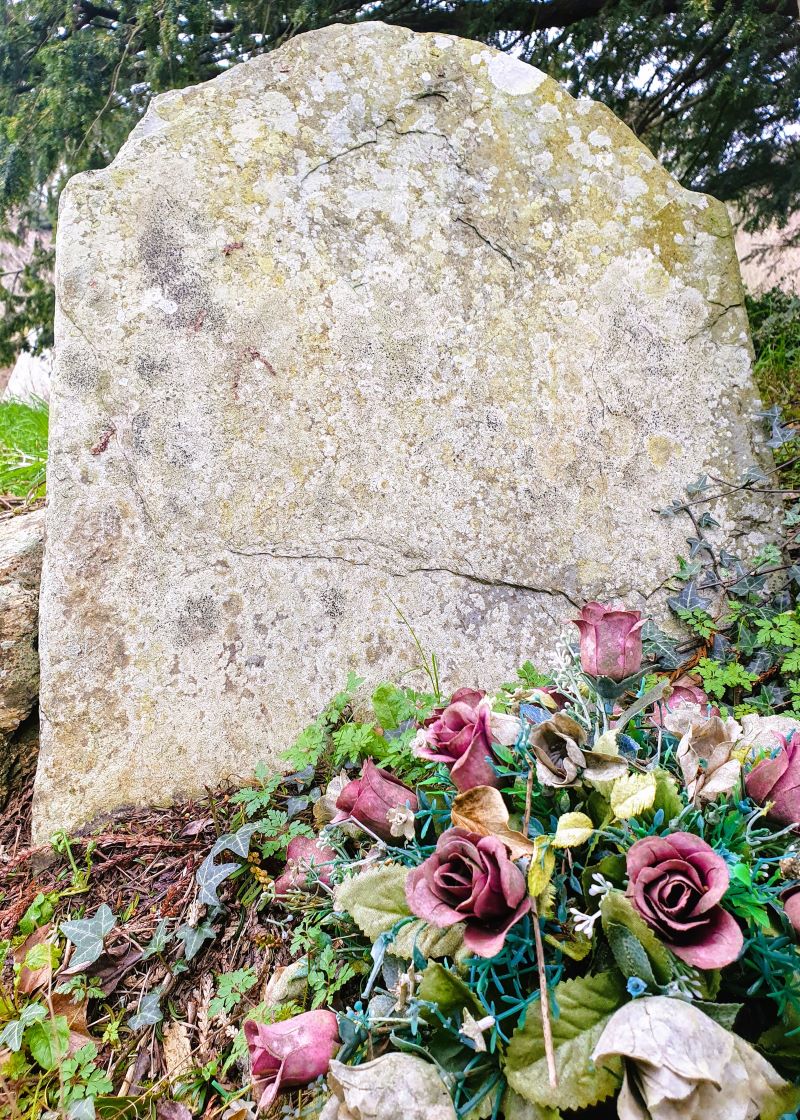


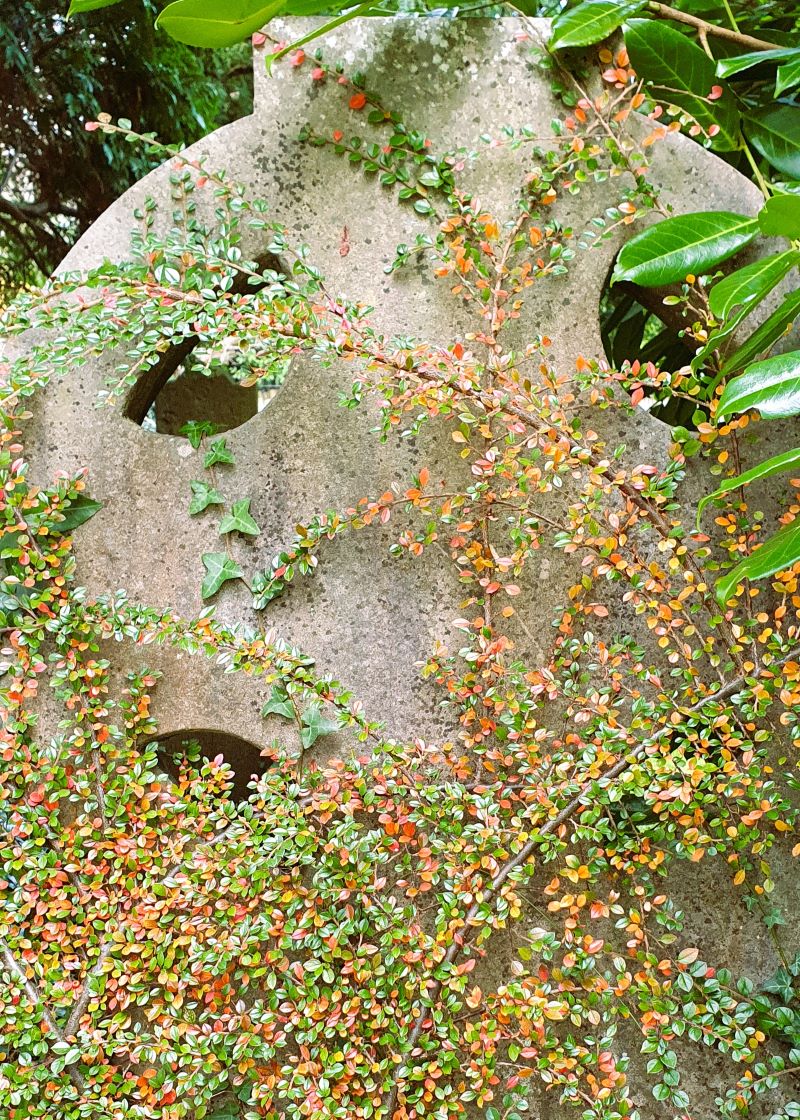
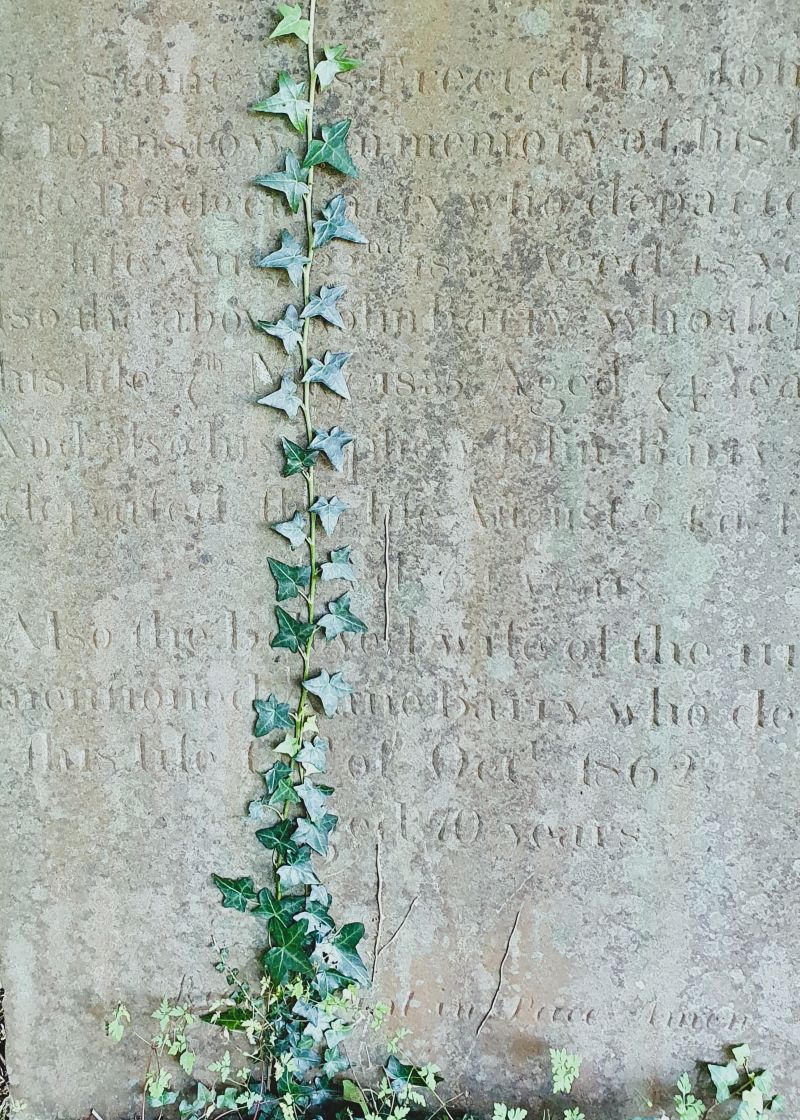
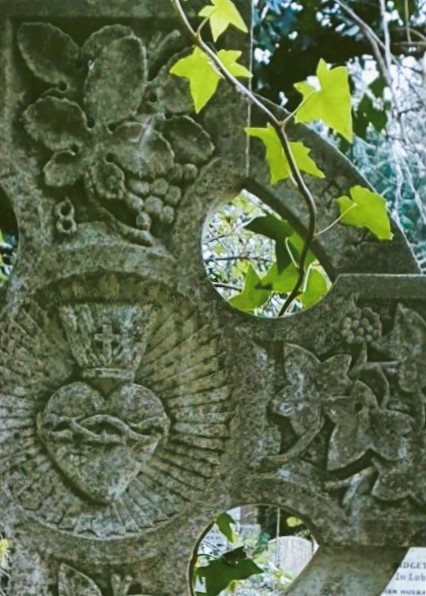
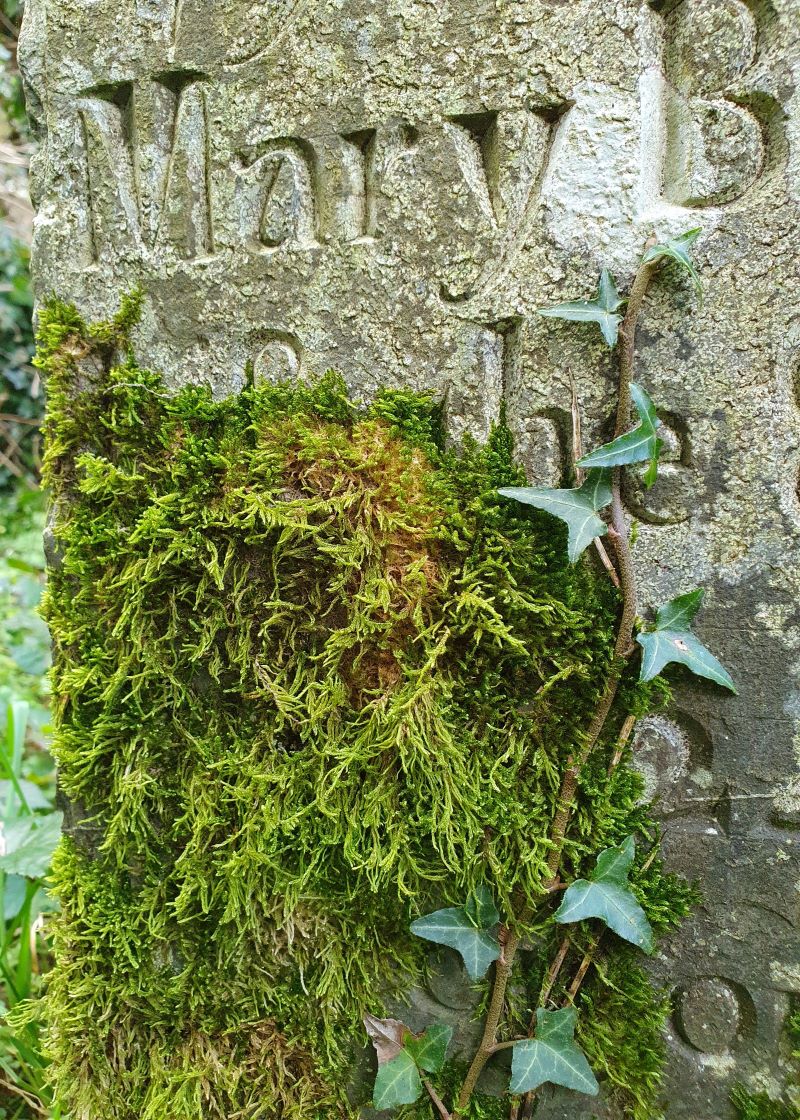
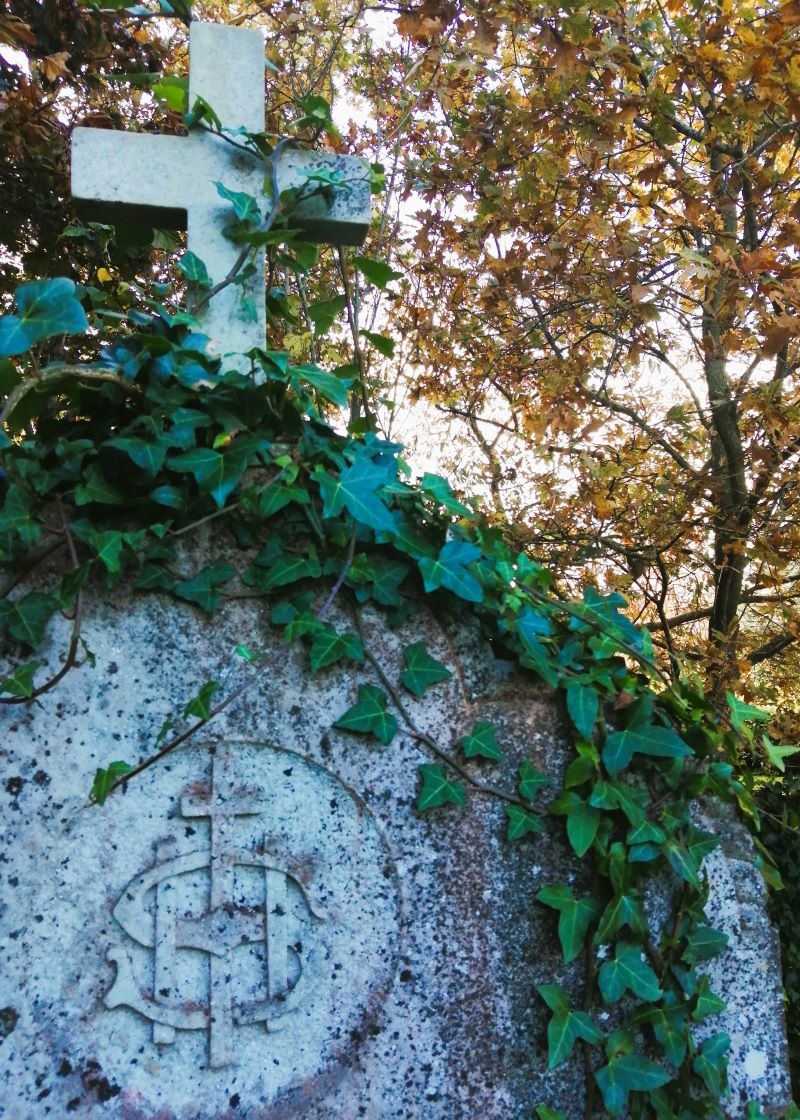
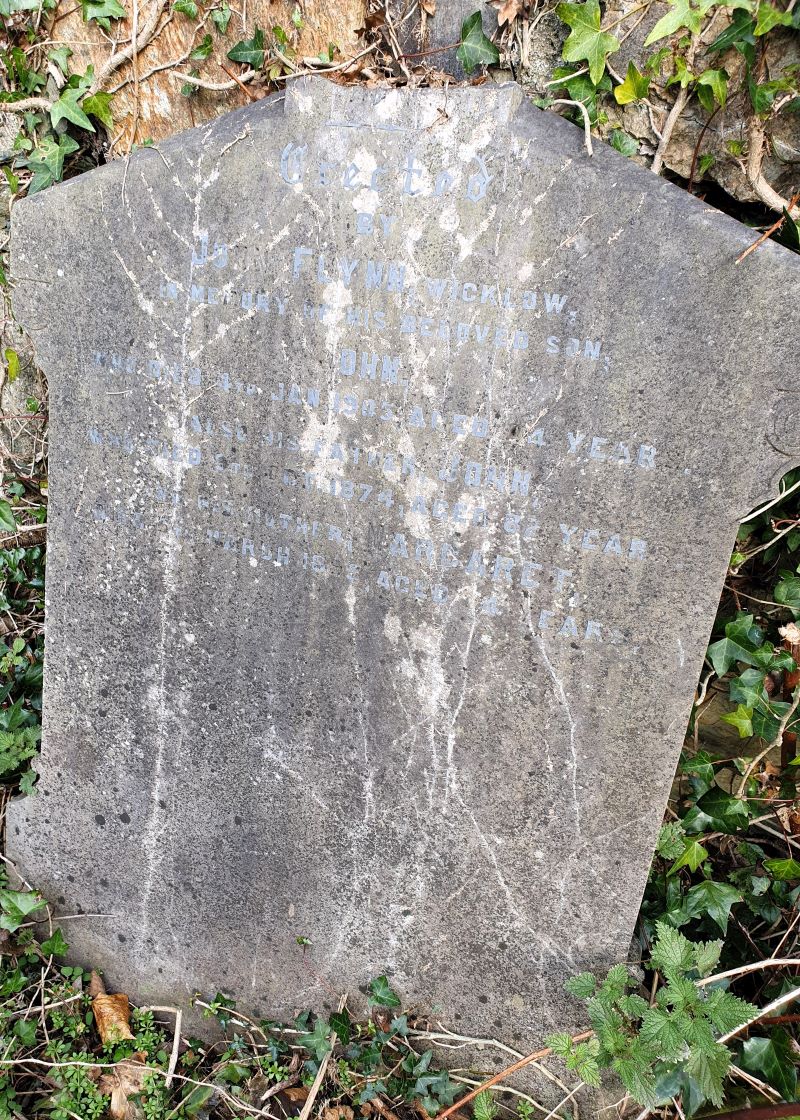
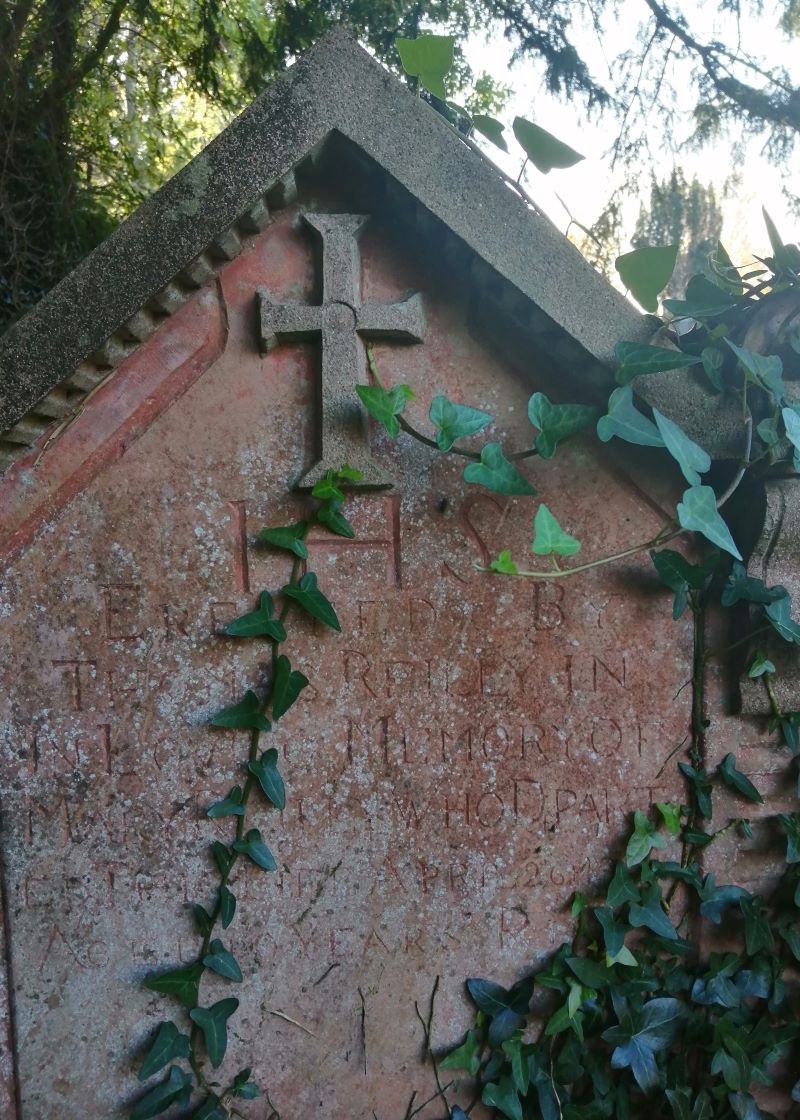


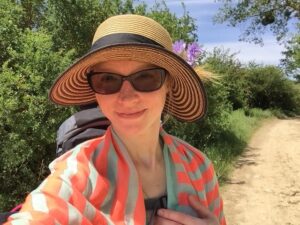
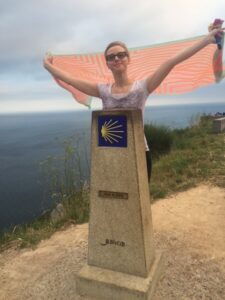
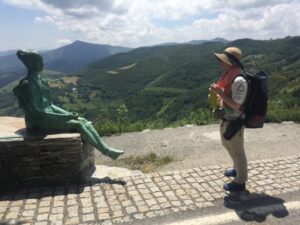

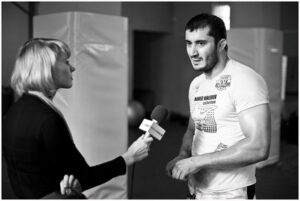

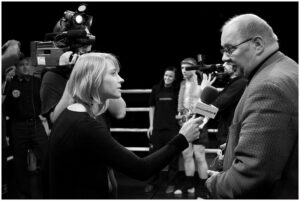
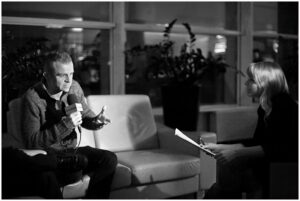

 I am uncomfortable saying out loud that
I am uncomfortable saying out loud that 
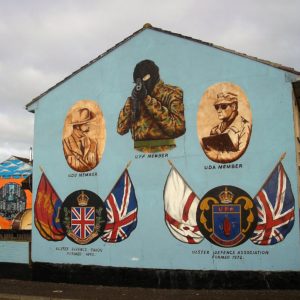
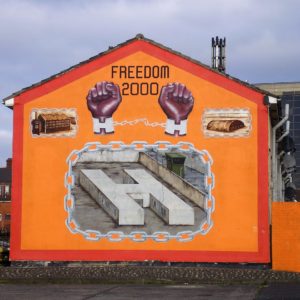
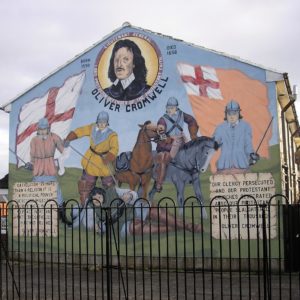
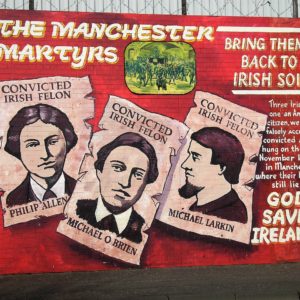
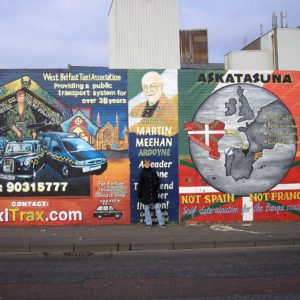
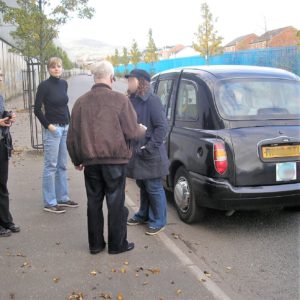
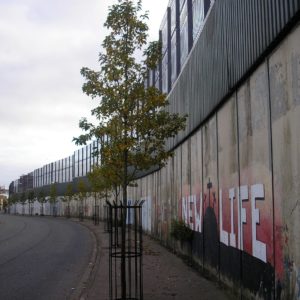
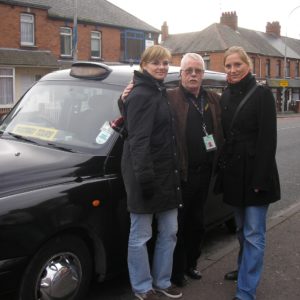
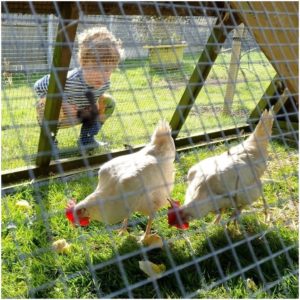
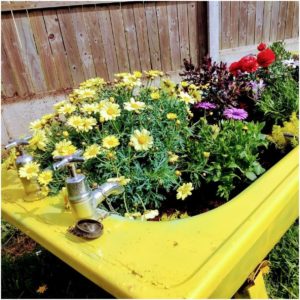
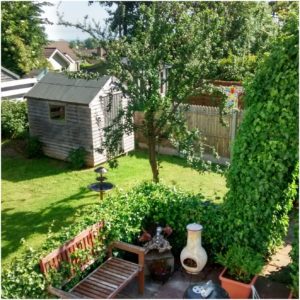
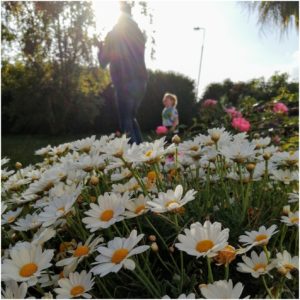
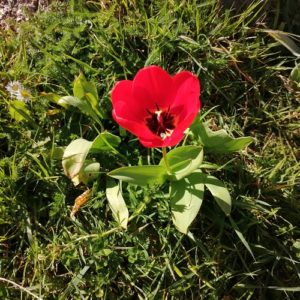
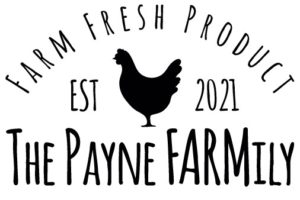
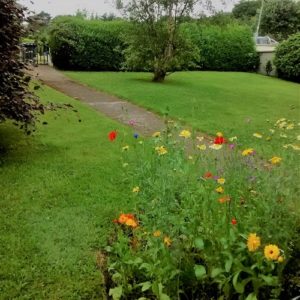
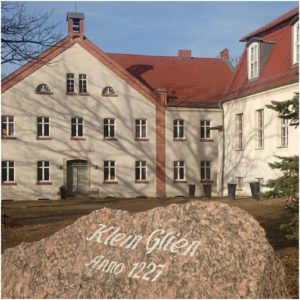
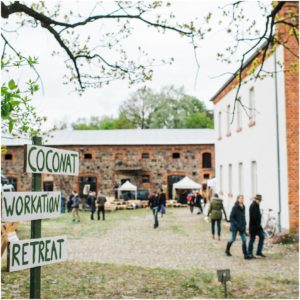
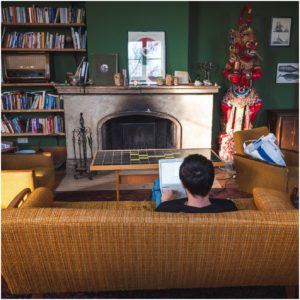
 © 1:
© 1: 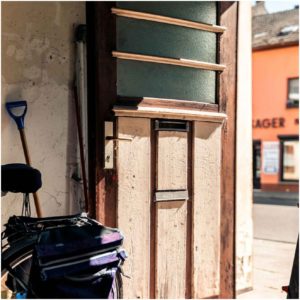
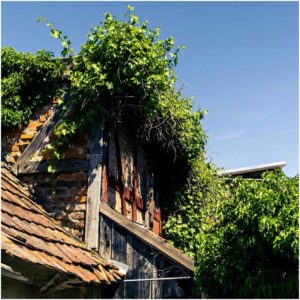
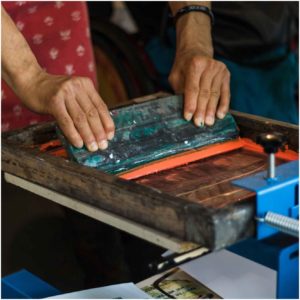
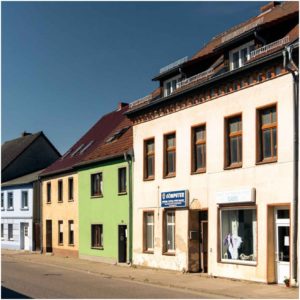 ©
© 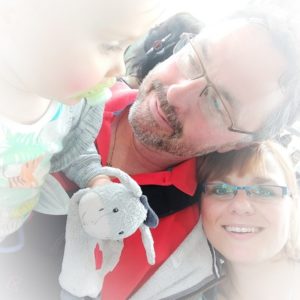
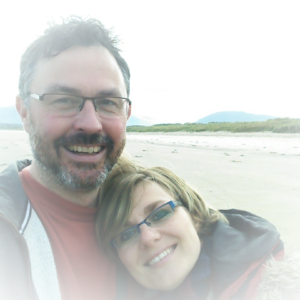
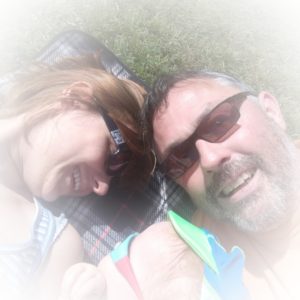
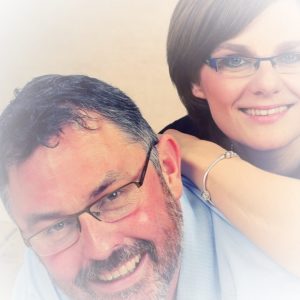
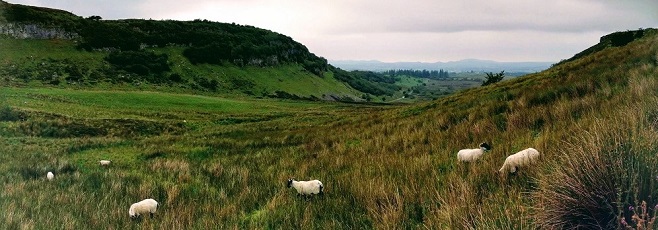
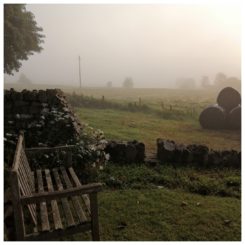
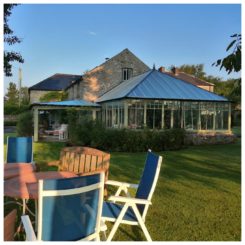

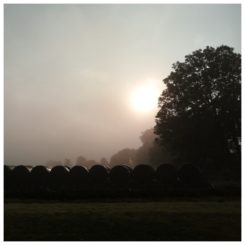
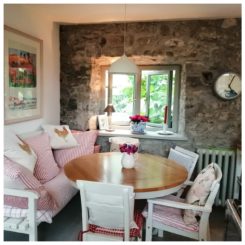
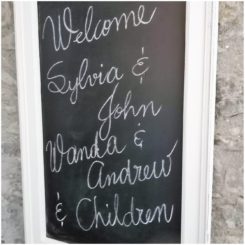
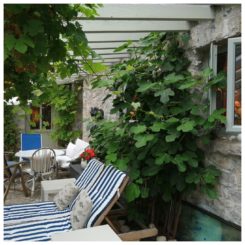
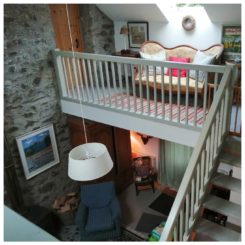
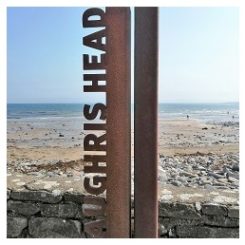
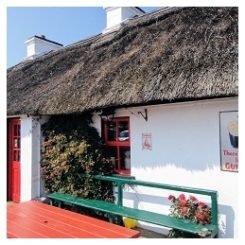
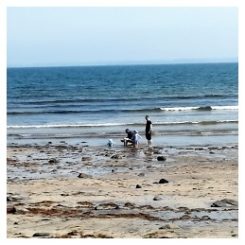
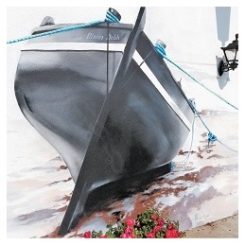

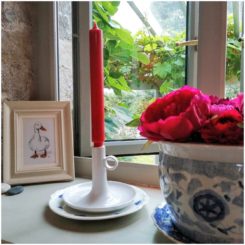
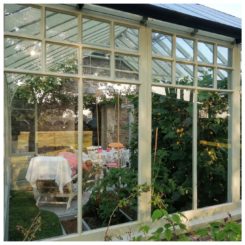
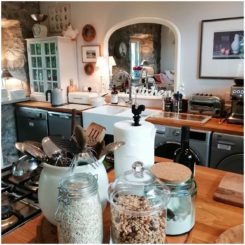

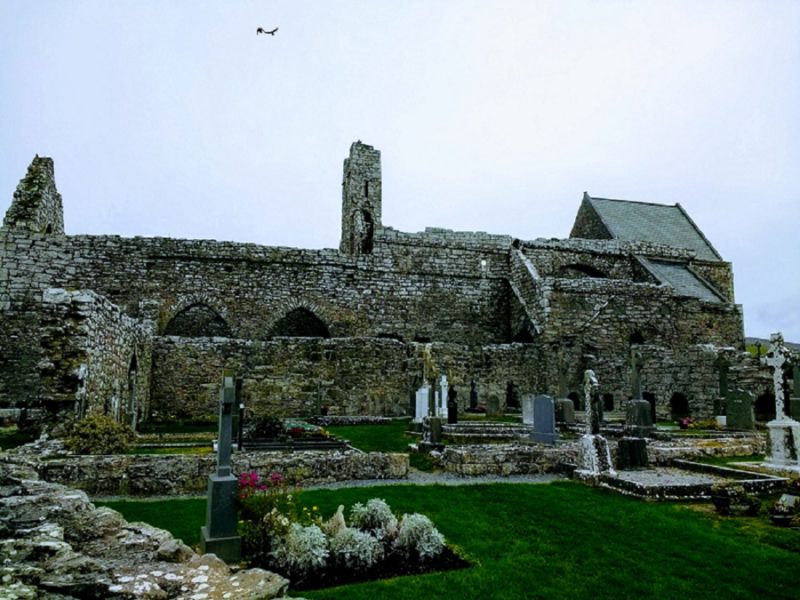
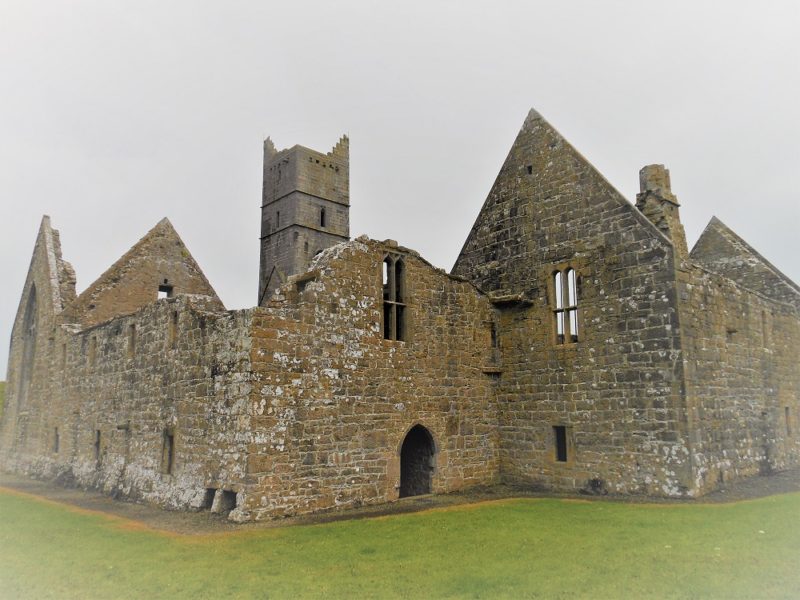
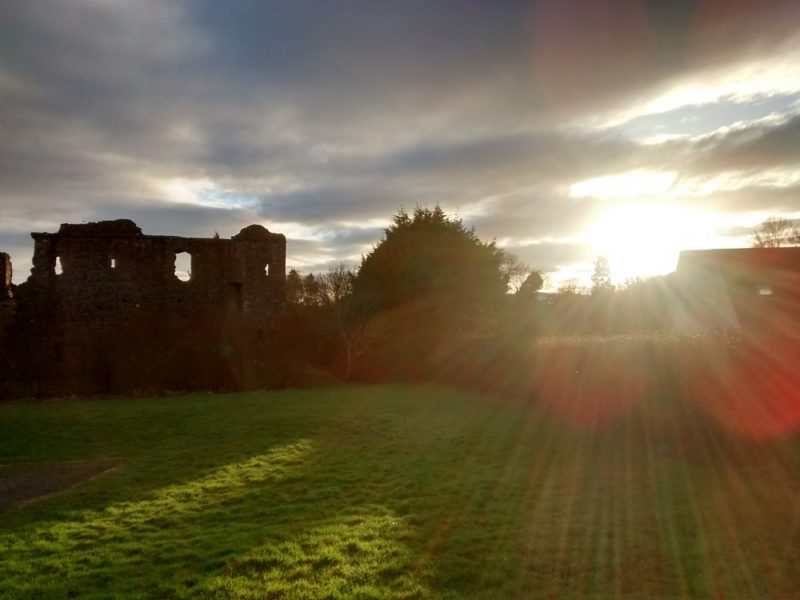
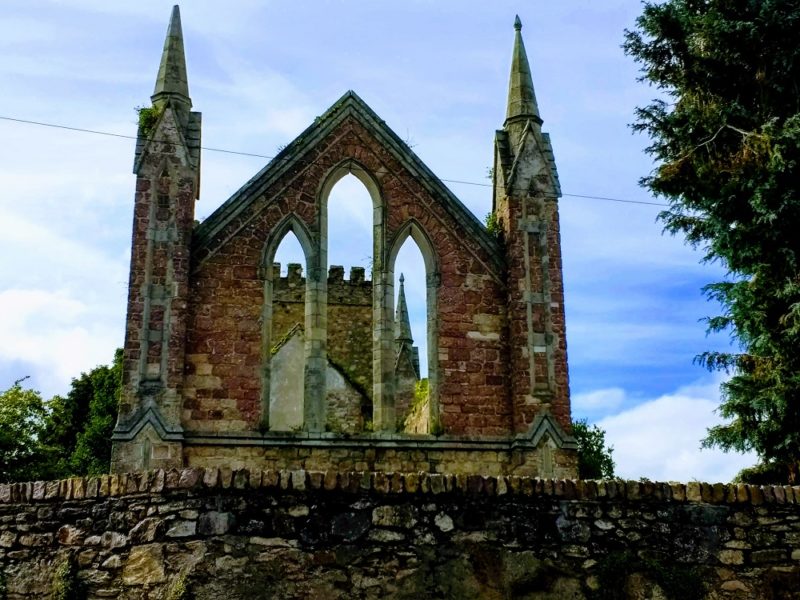
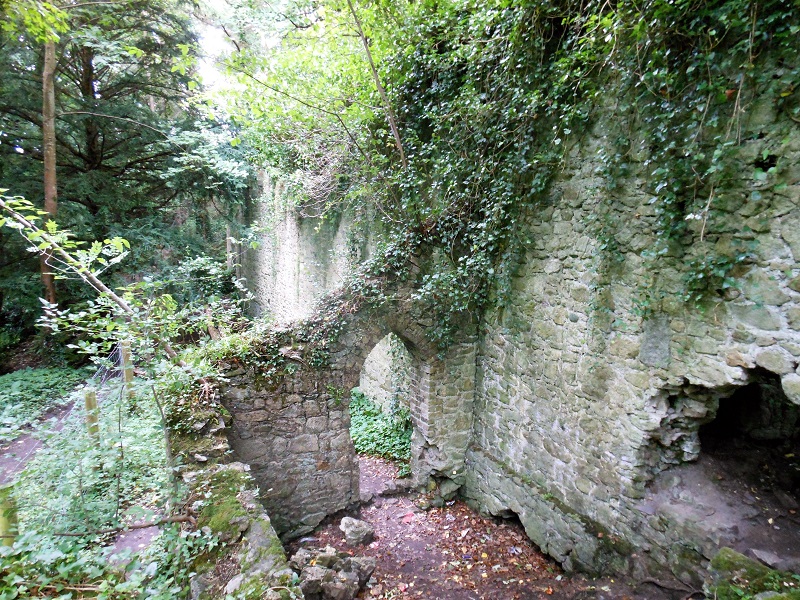
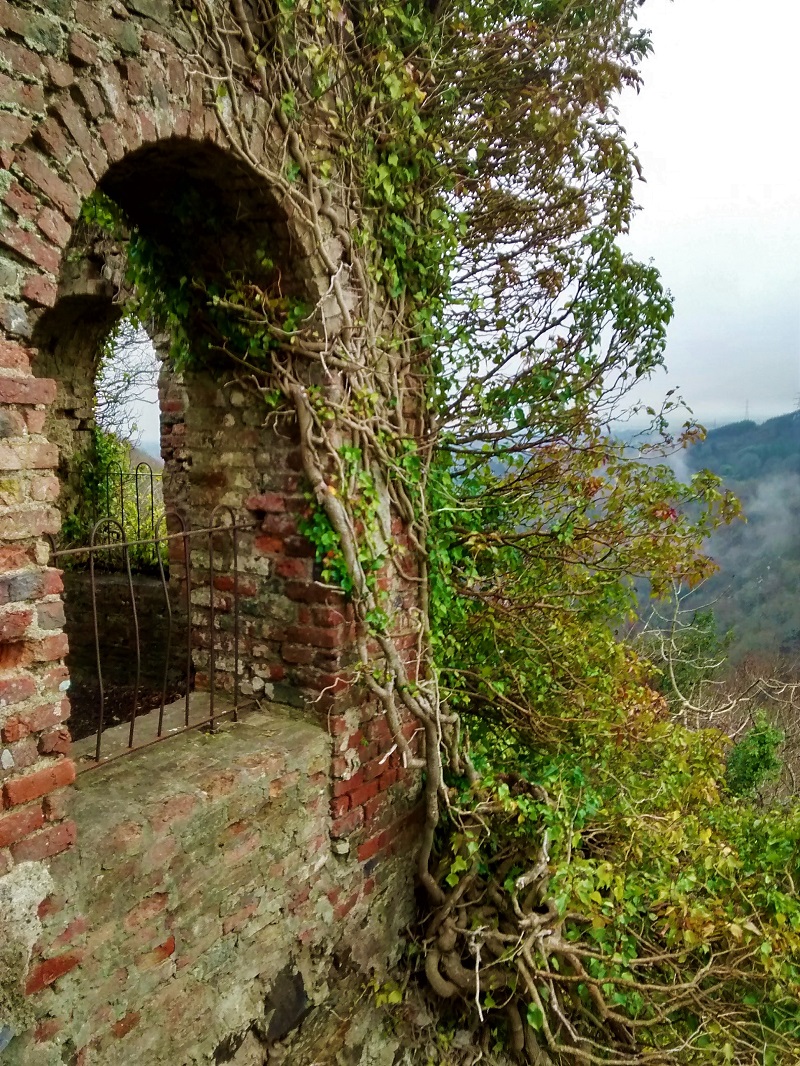
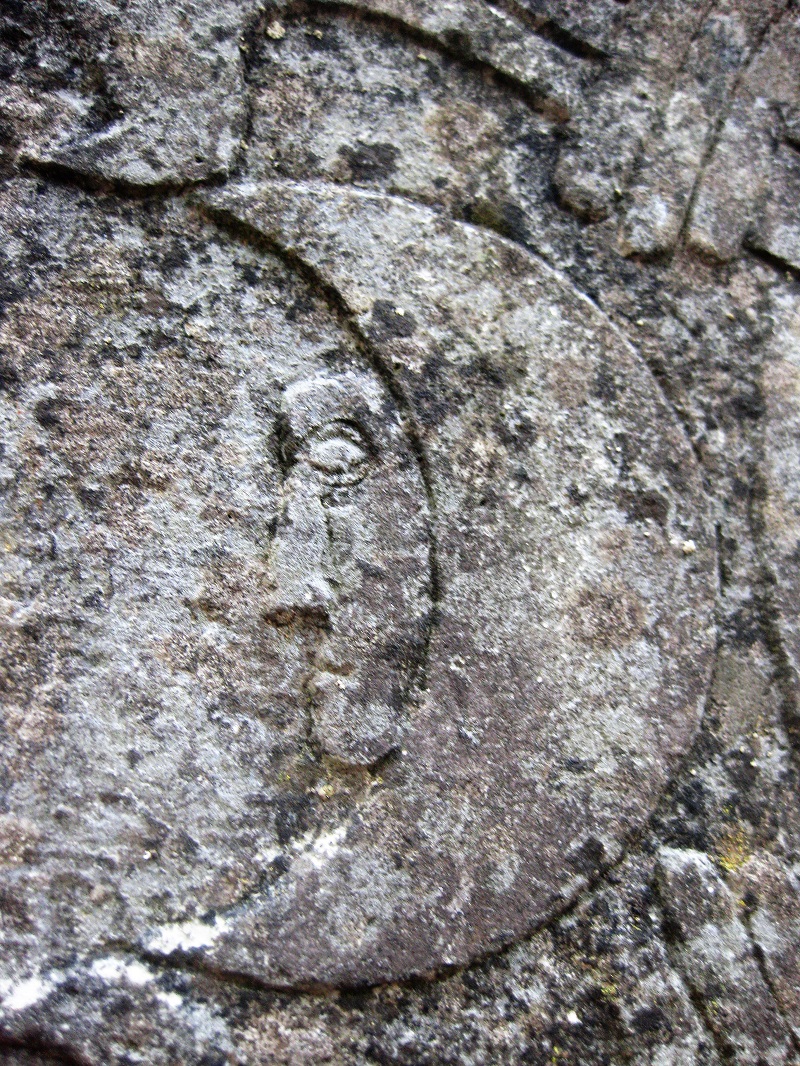
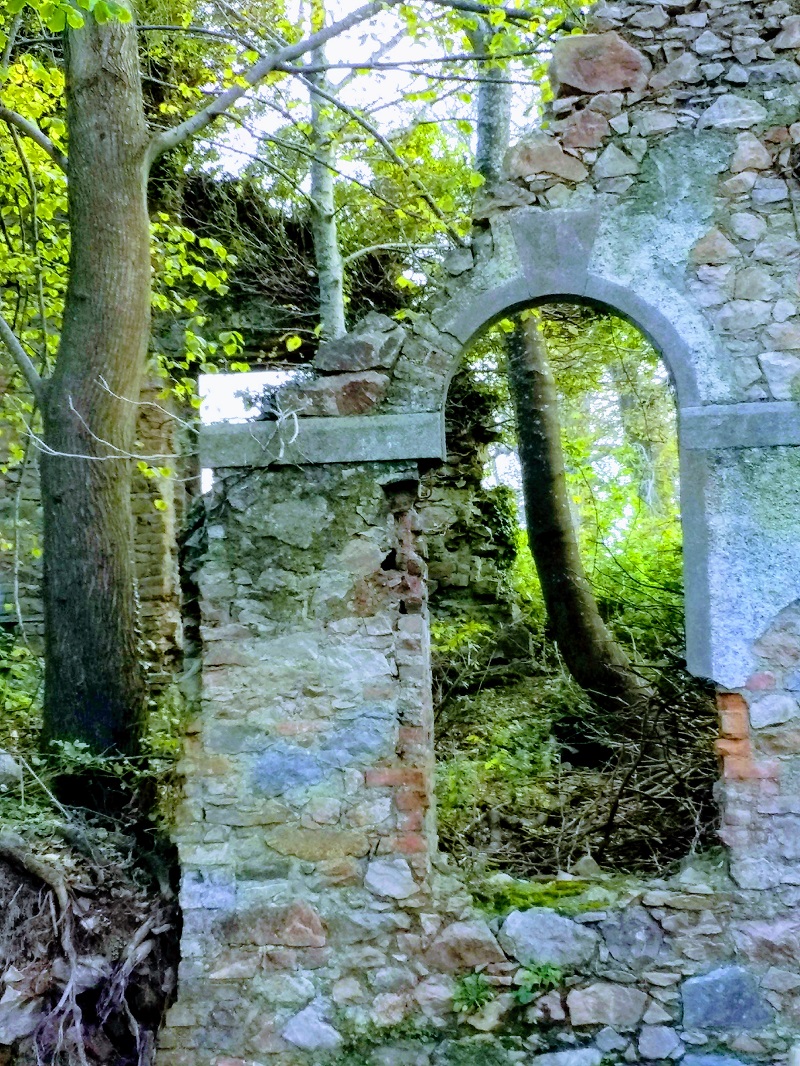
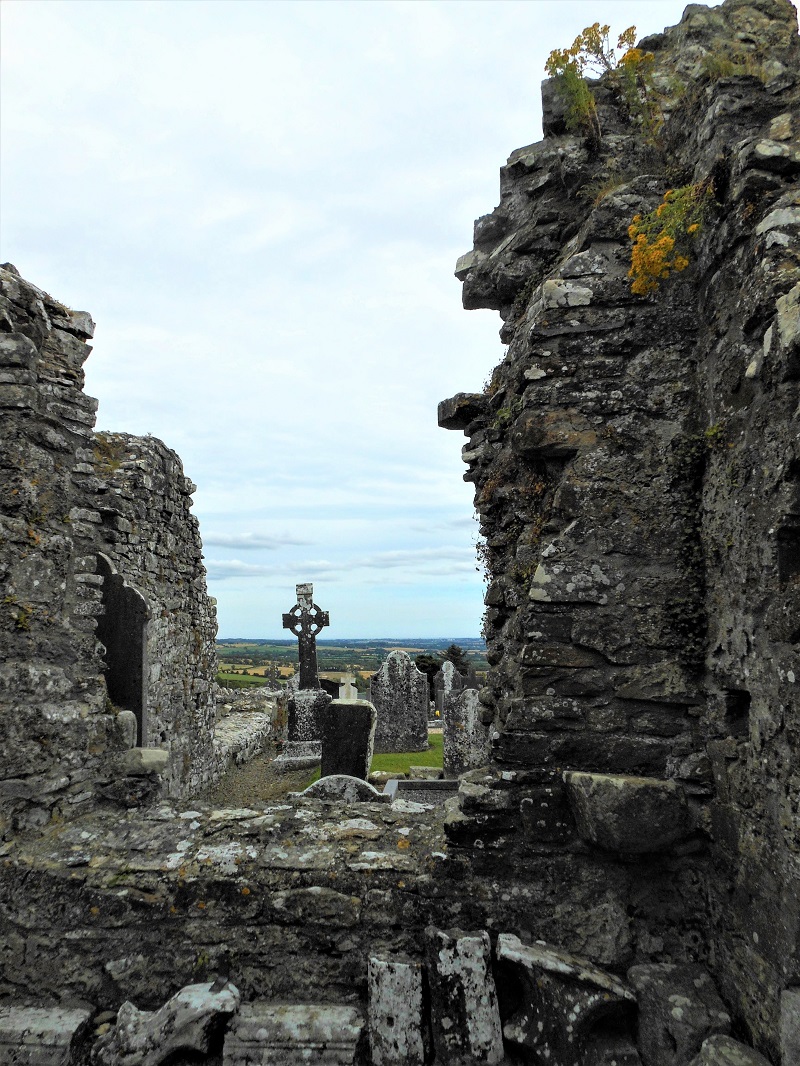

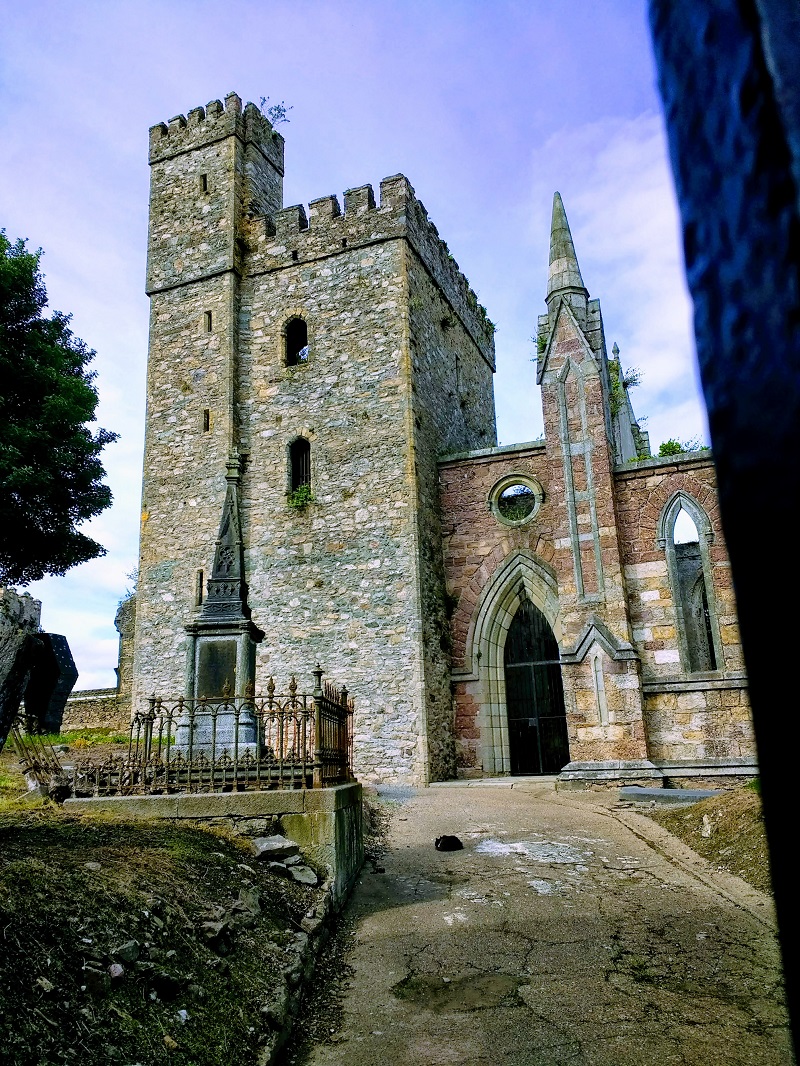
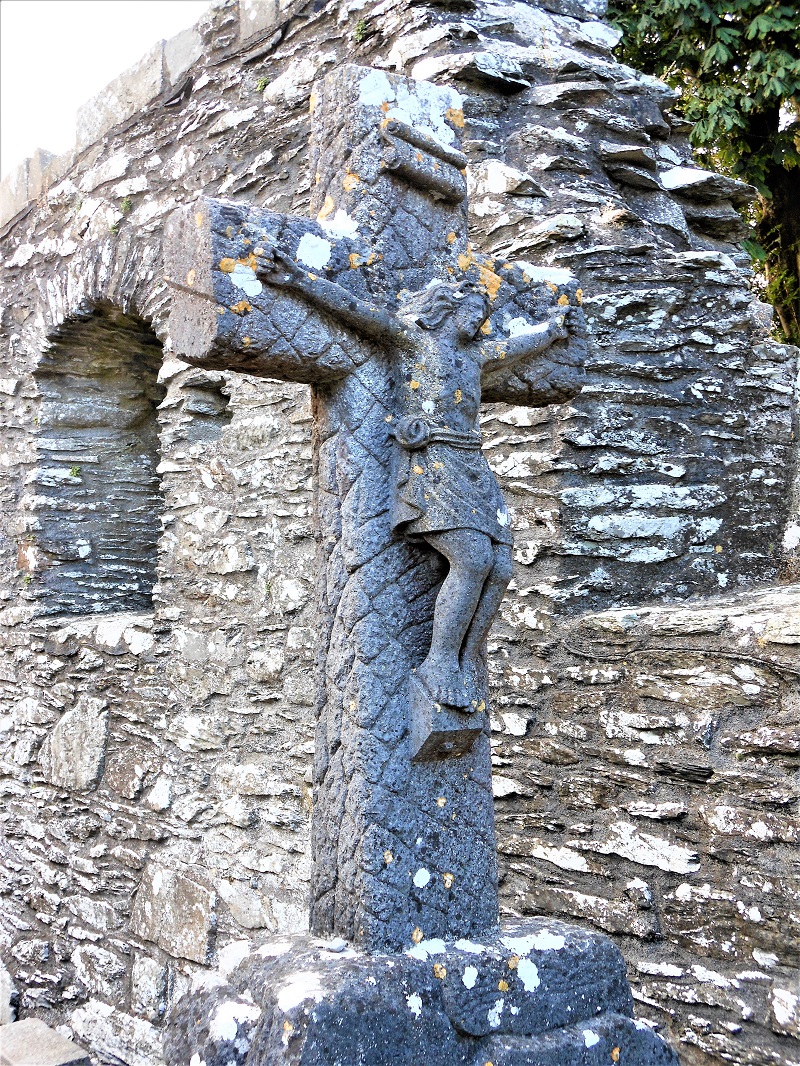
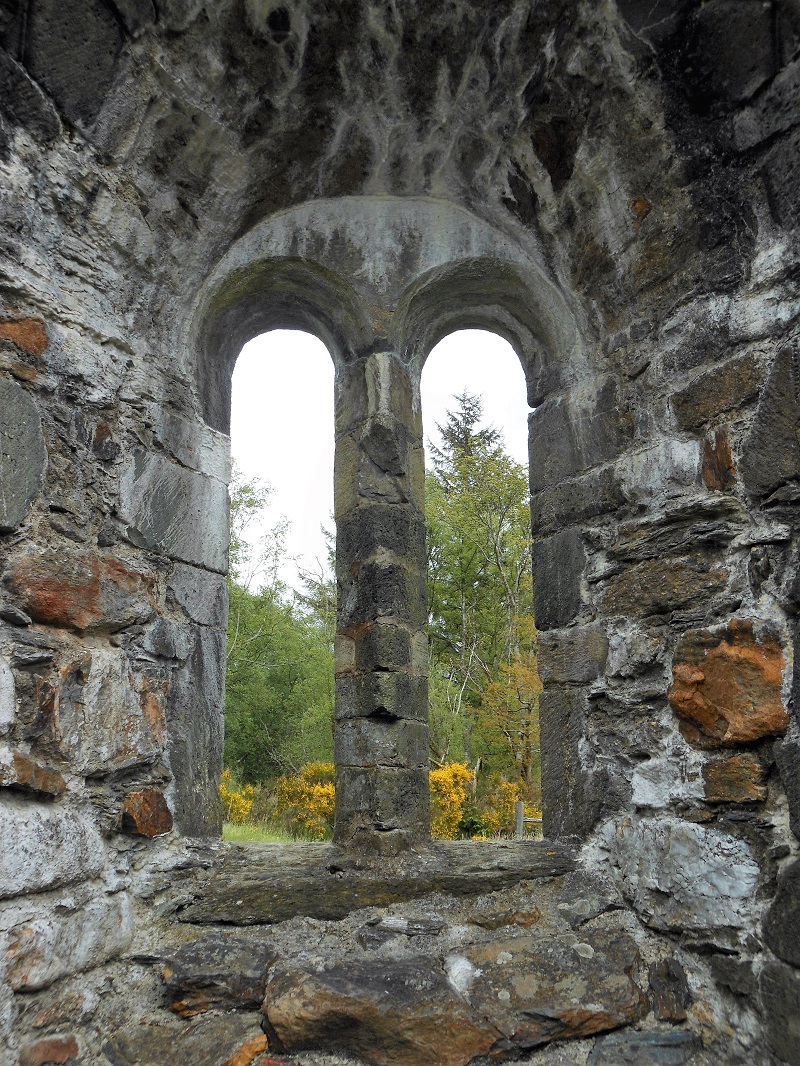
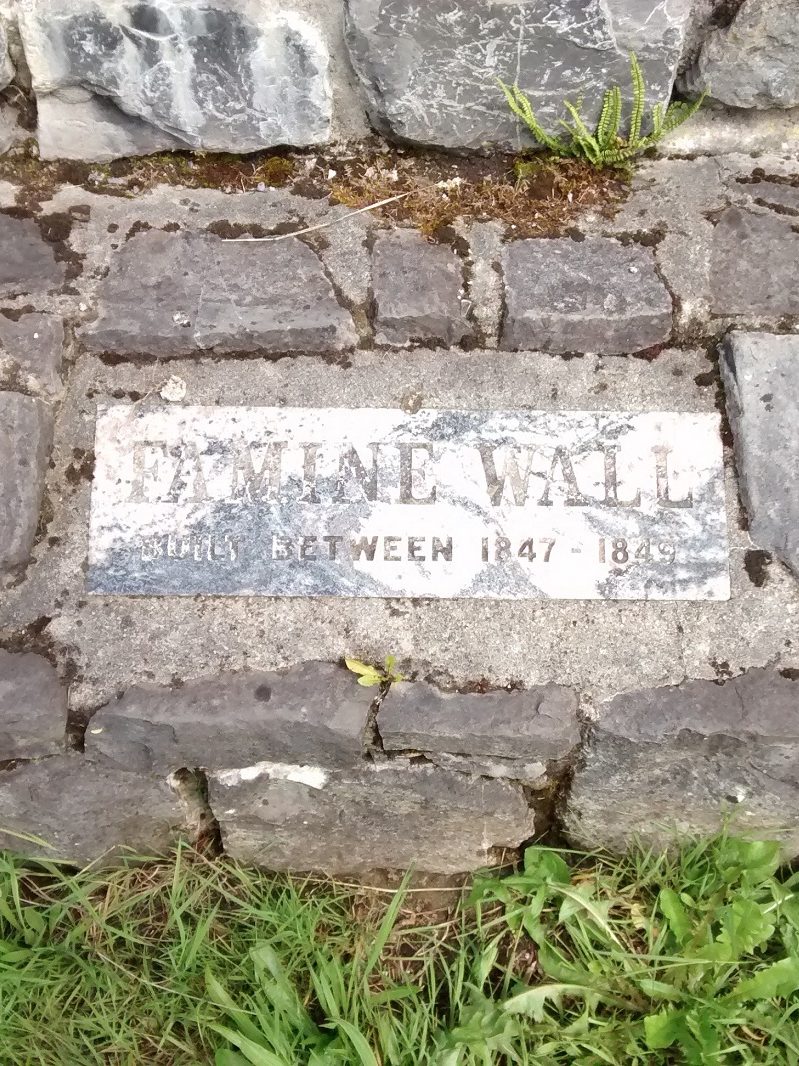
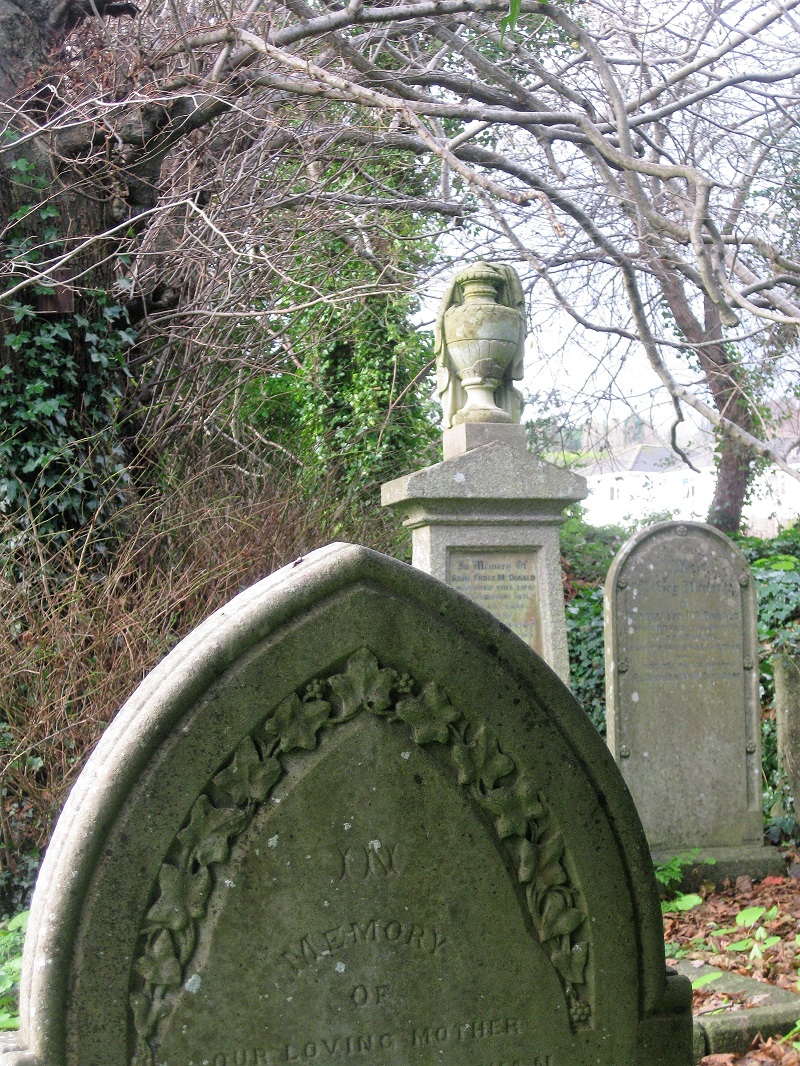
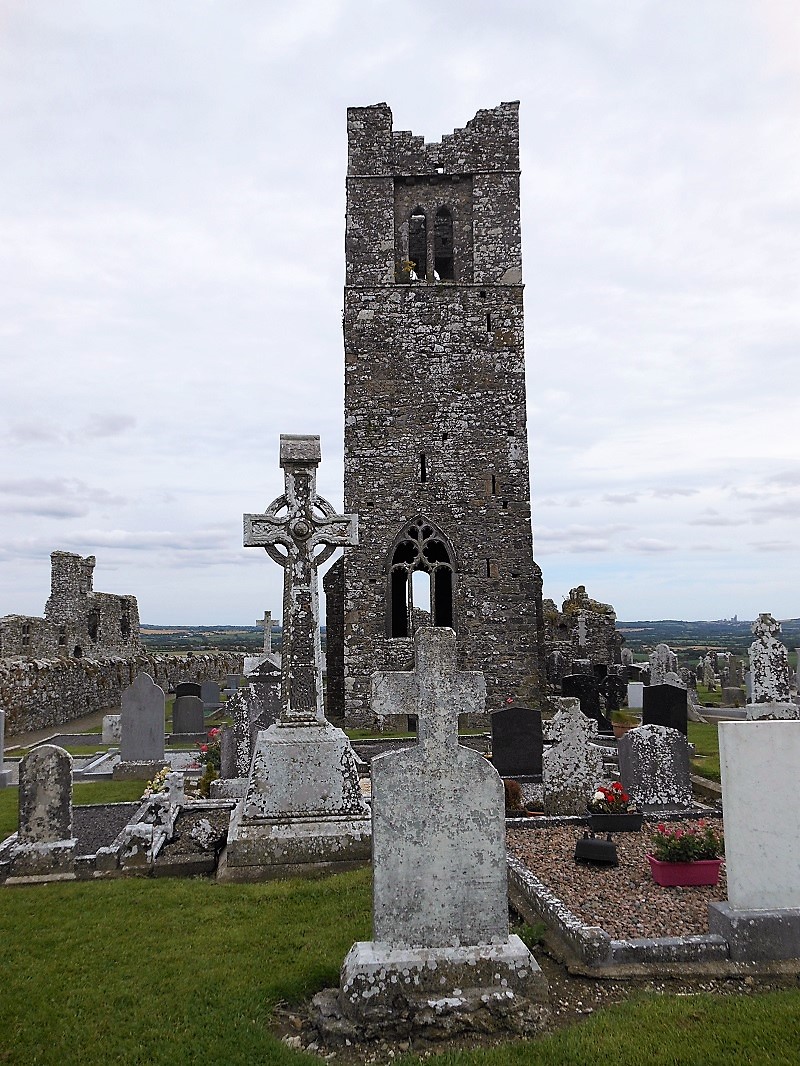
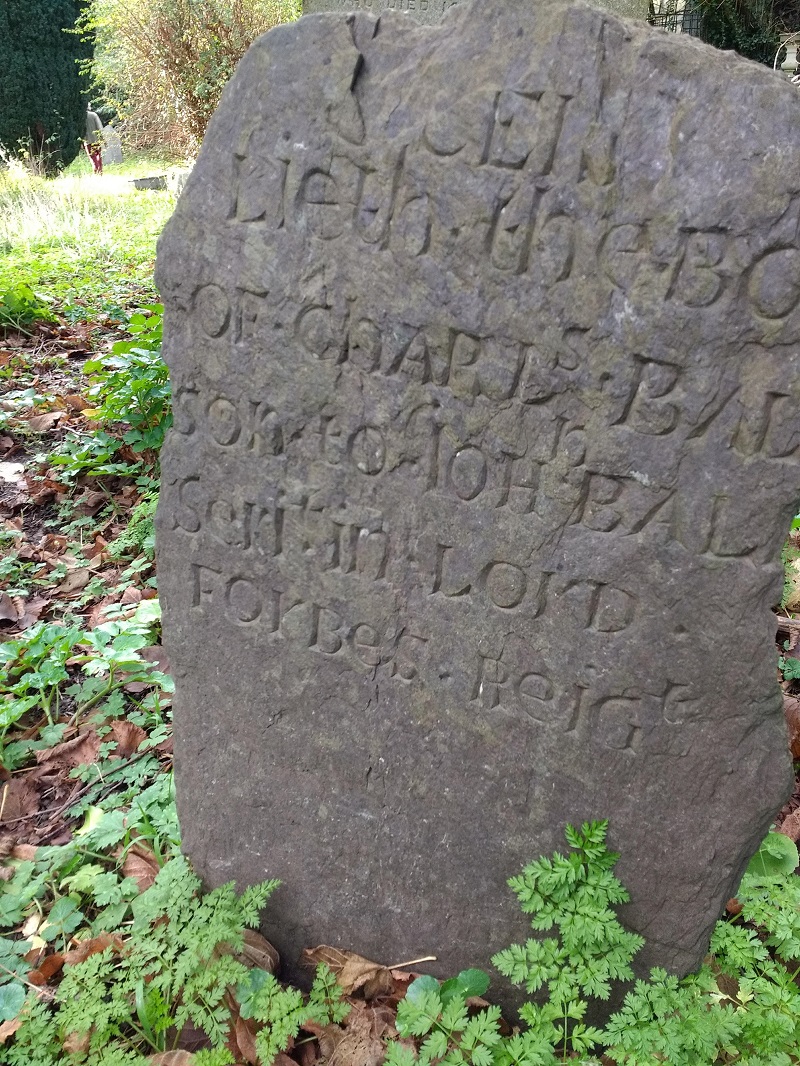
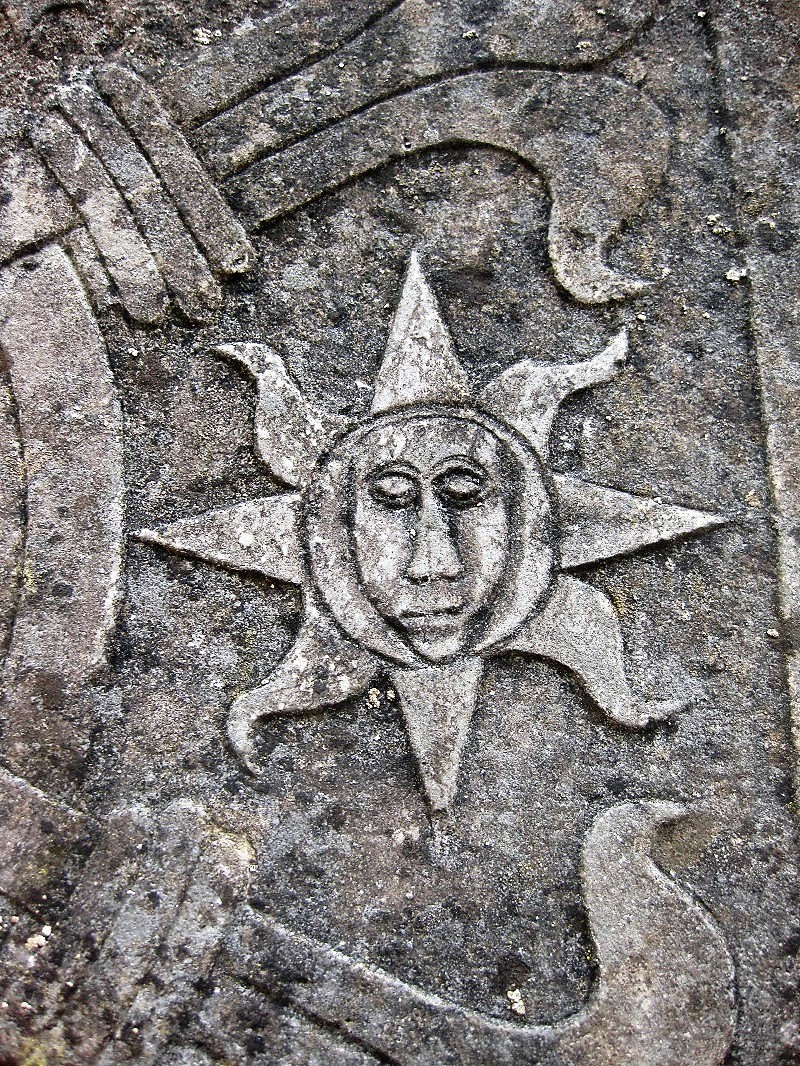
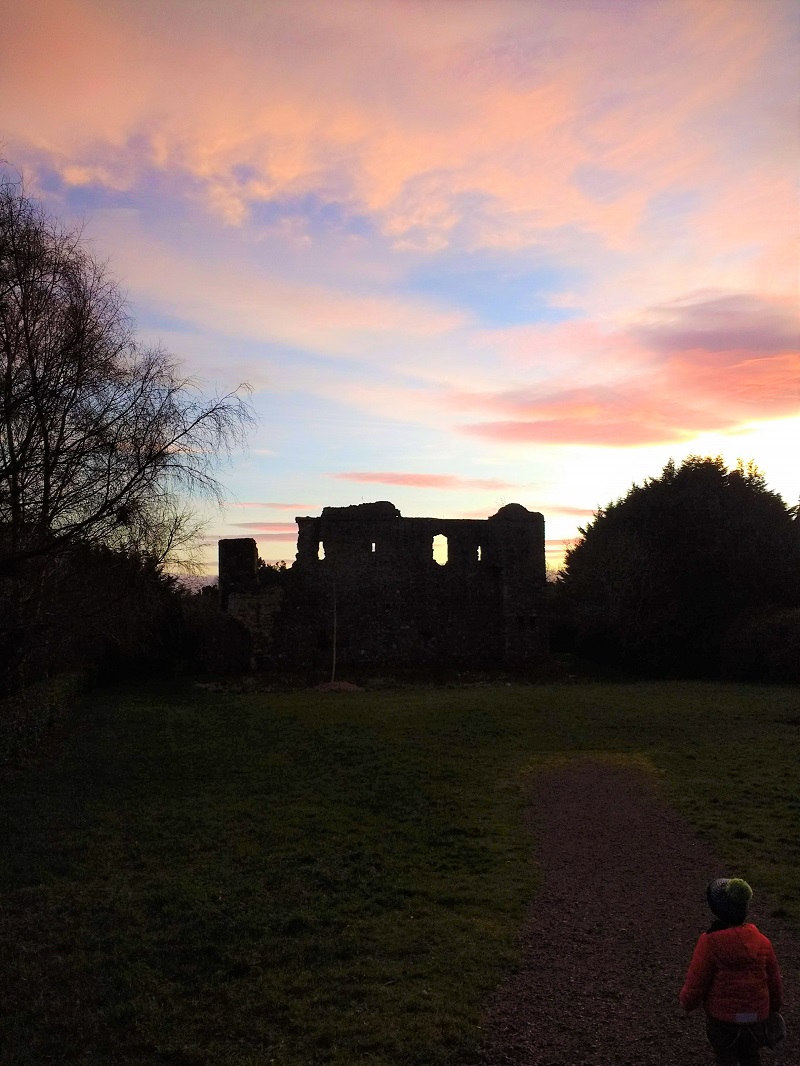
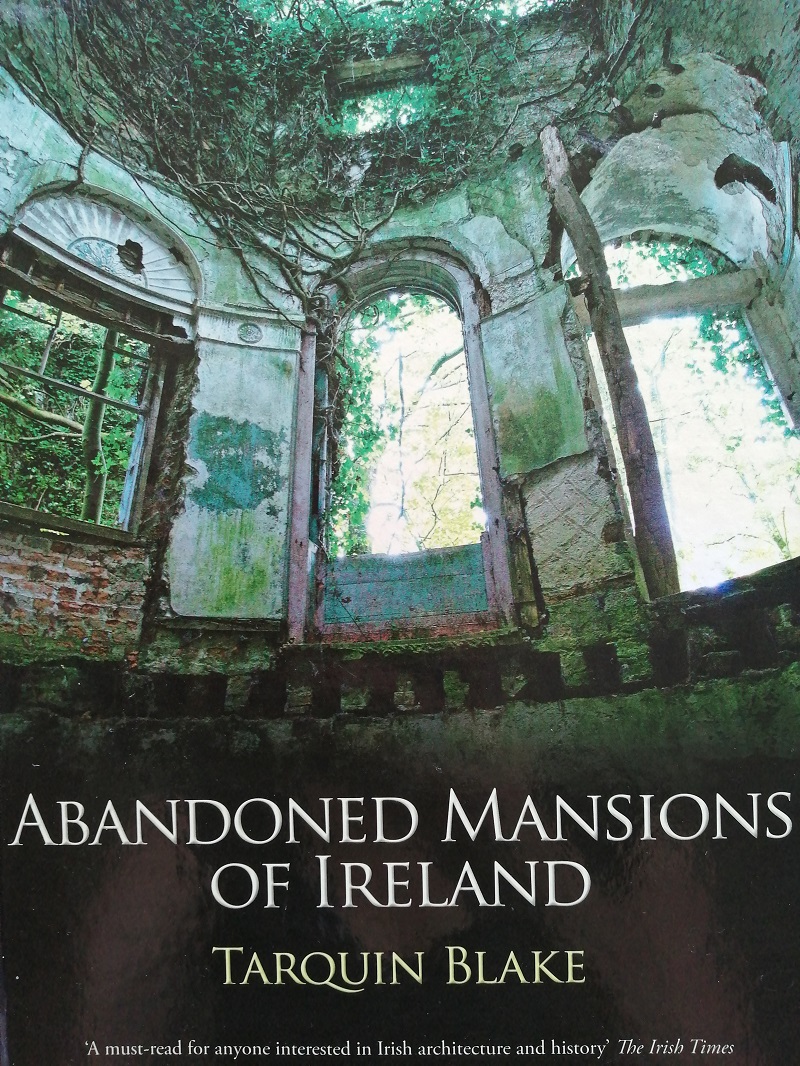
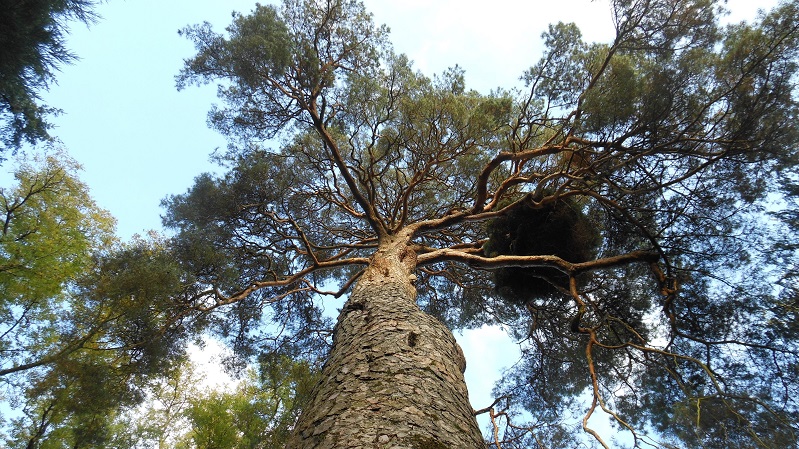


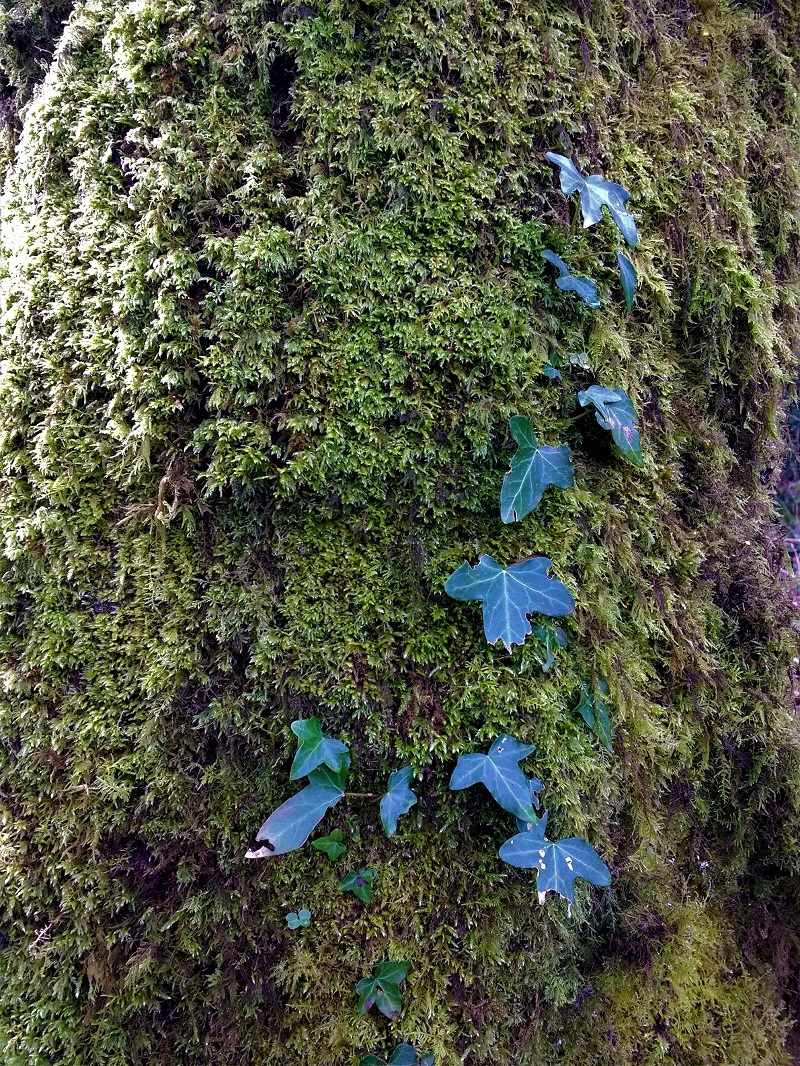
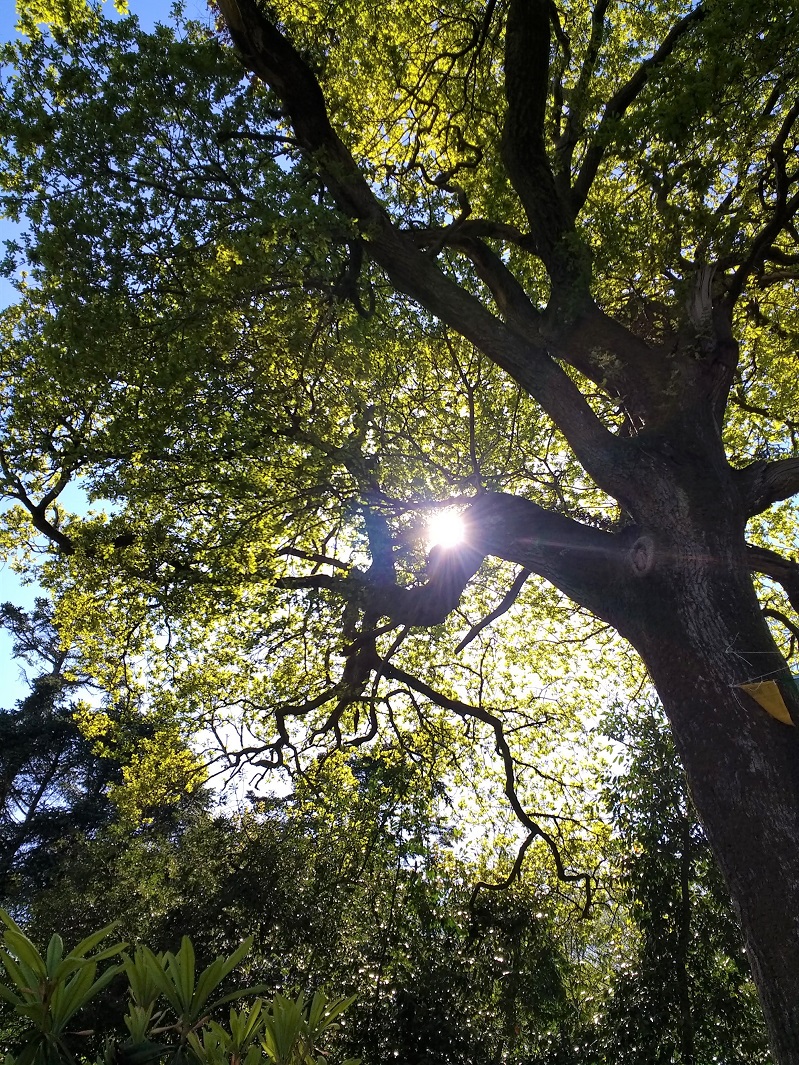
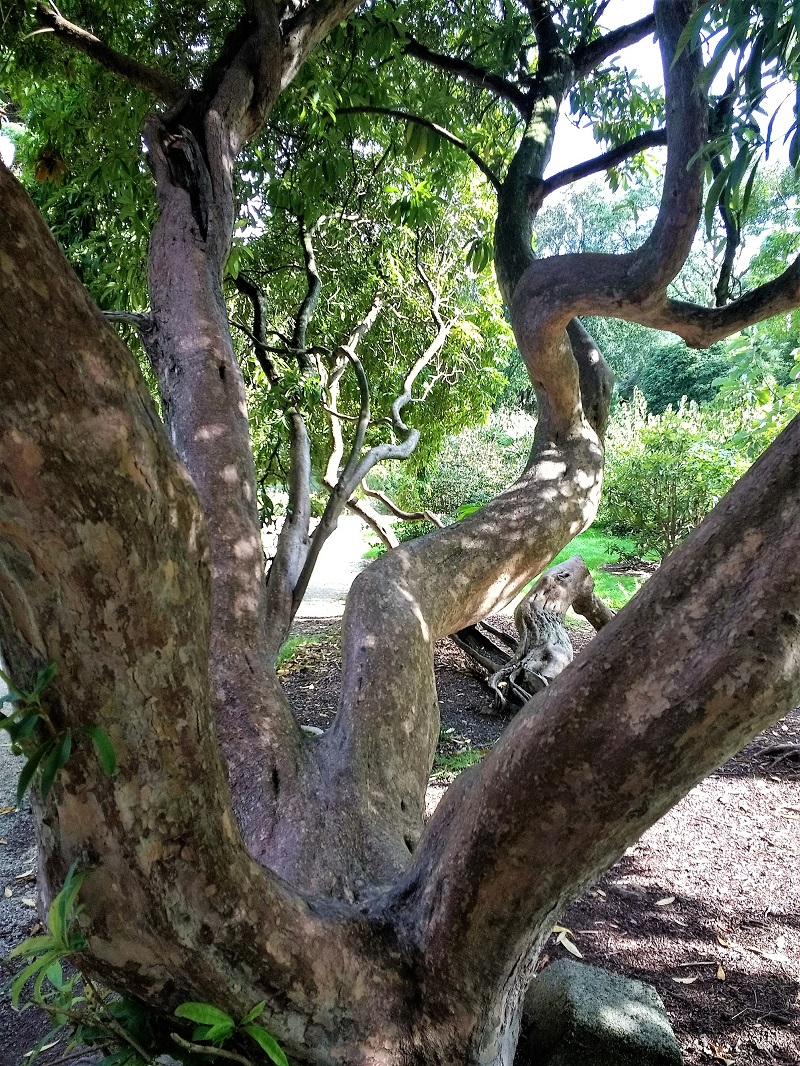
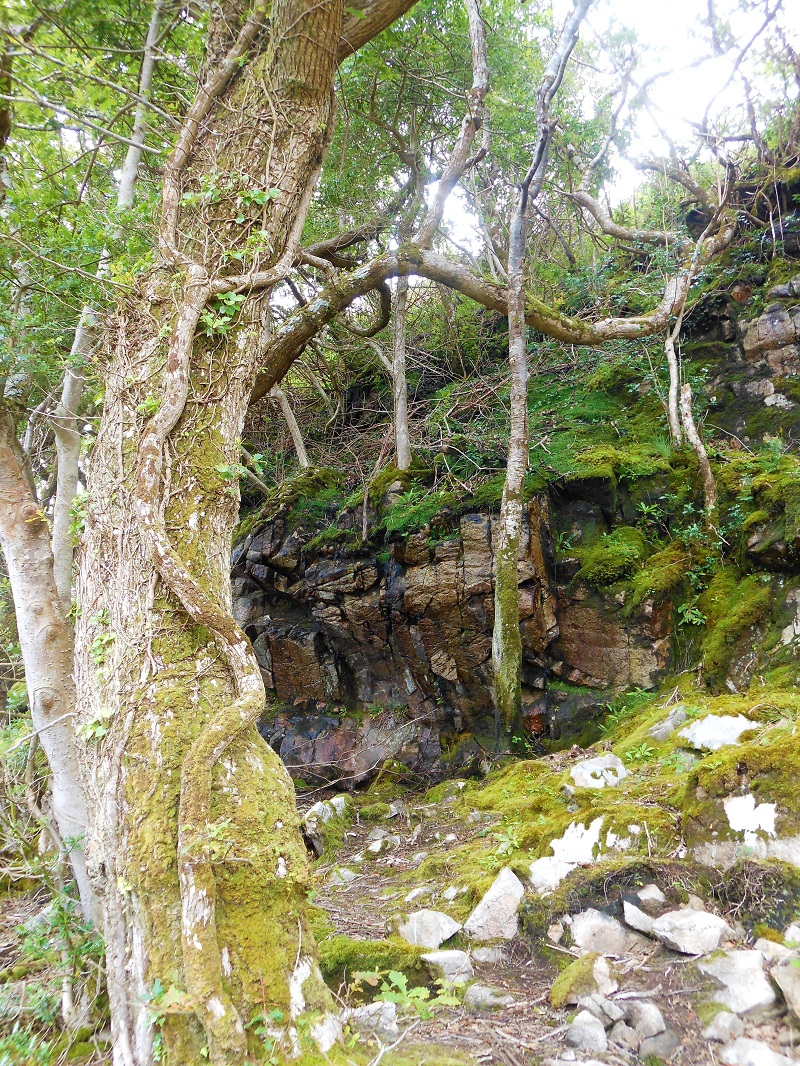
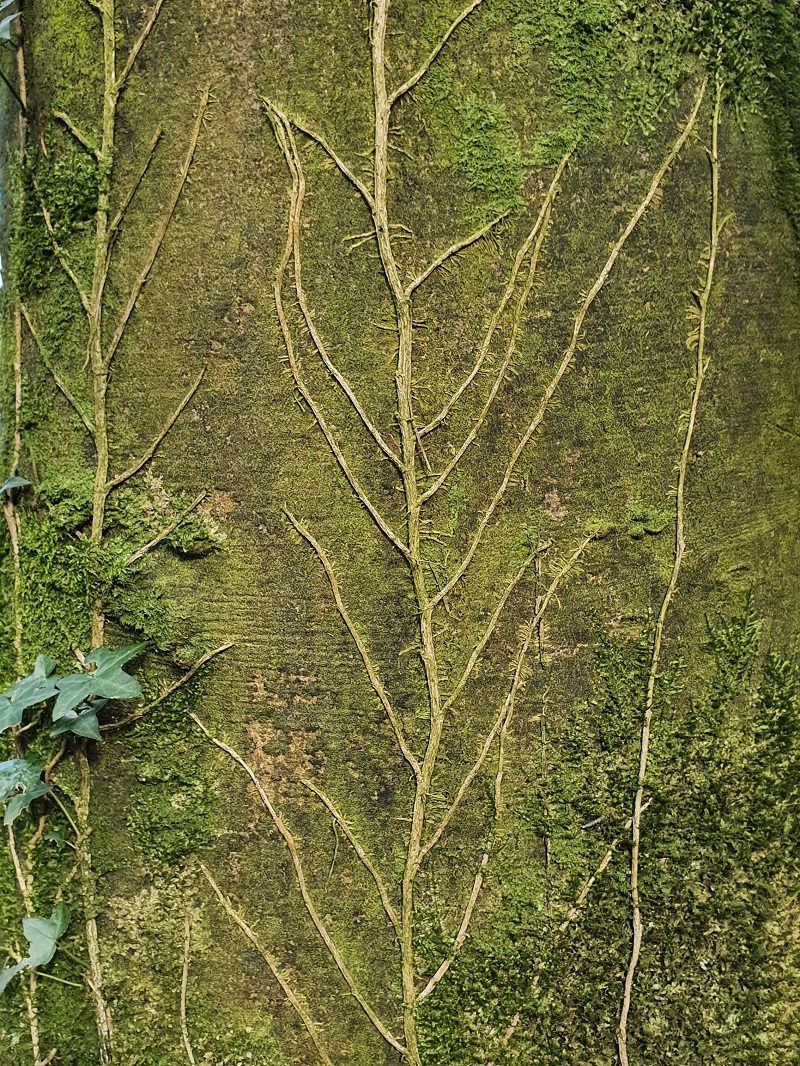
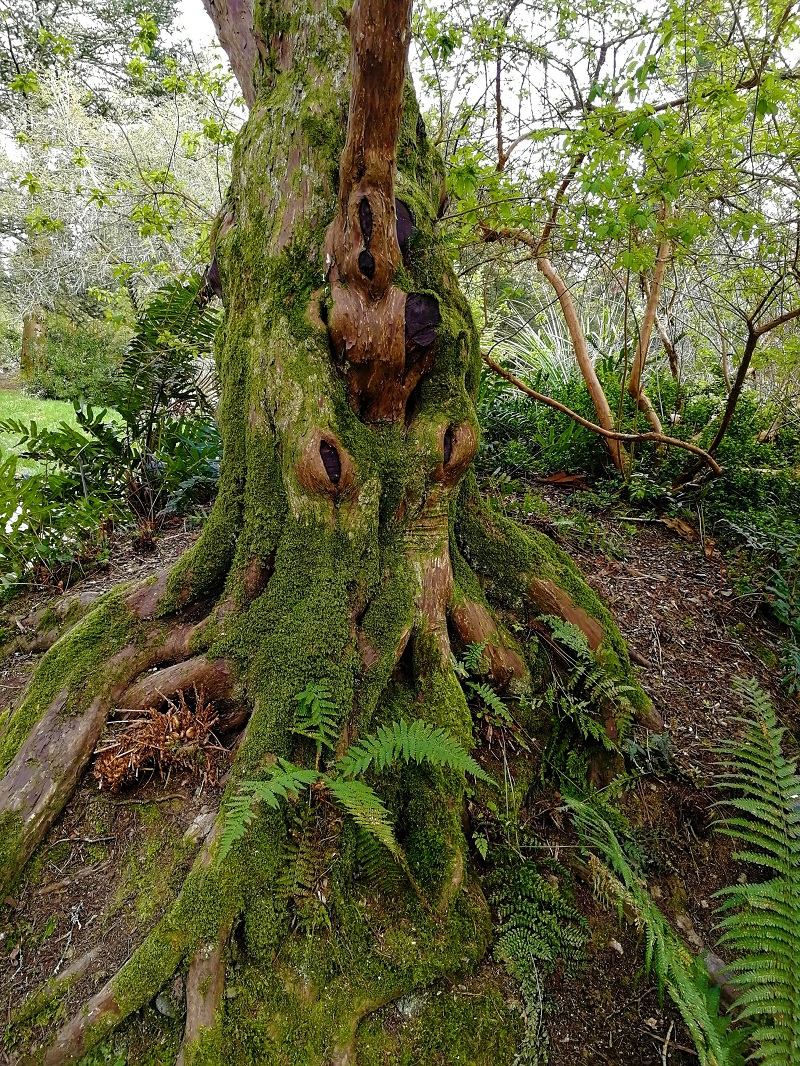
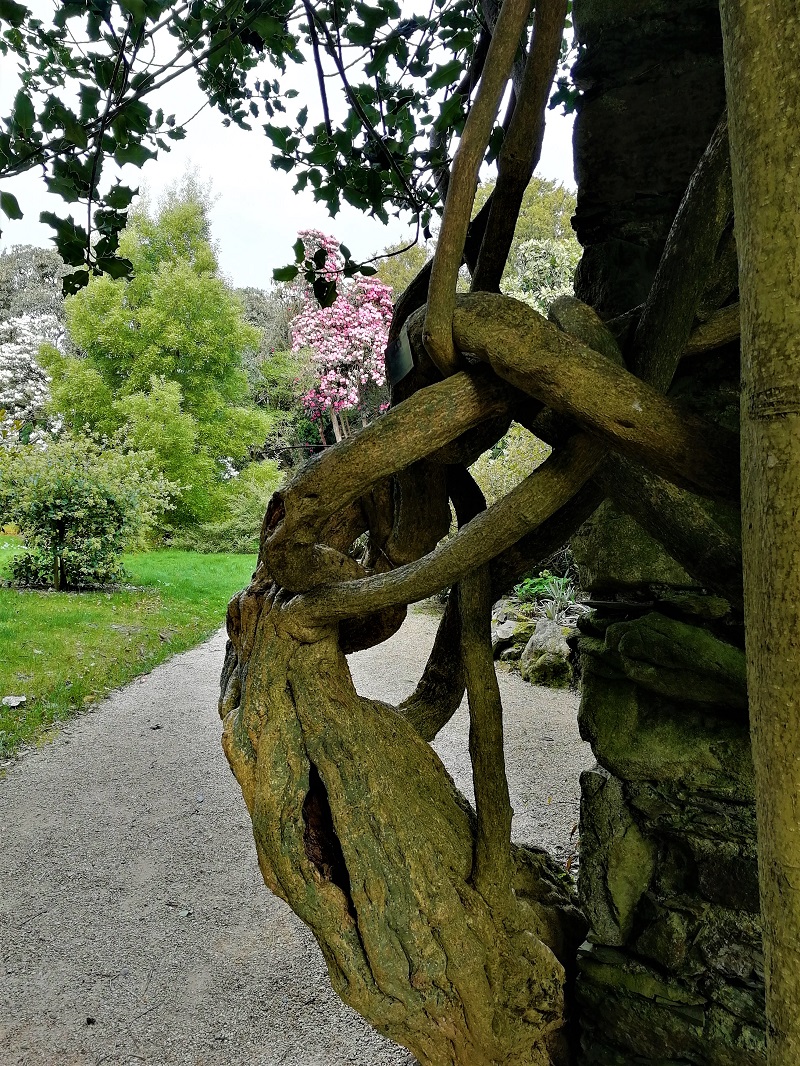
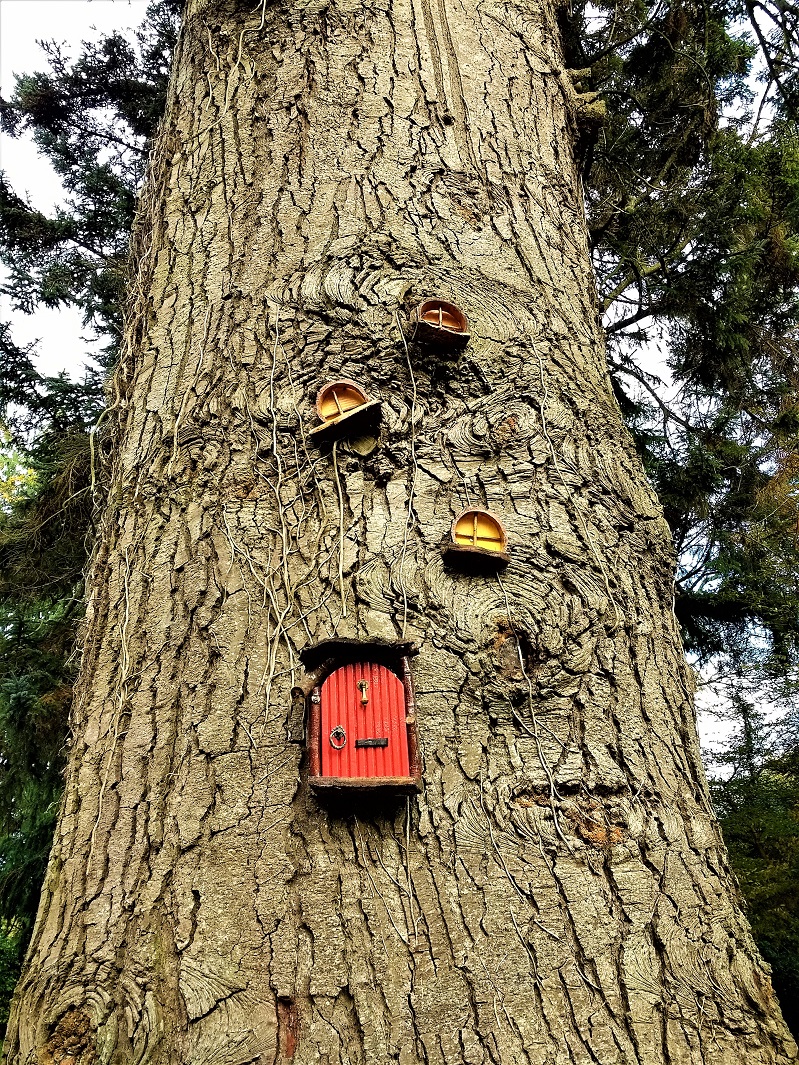

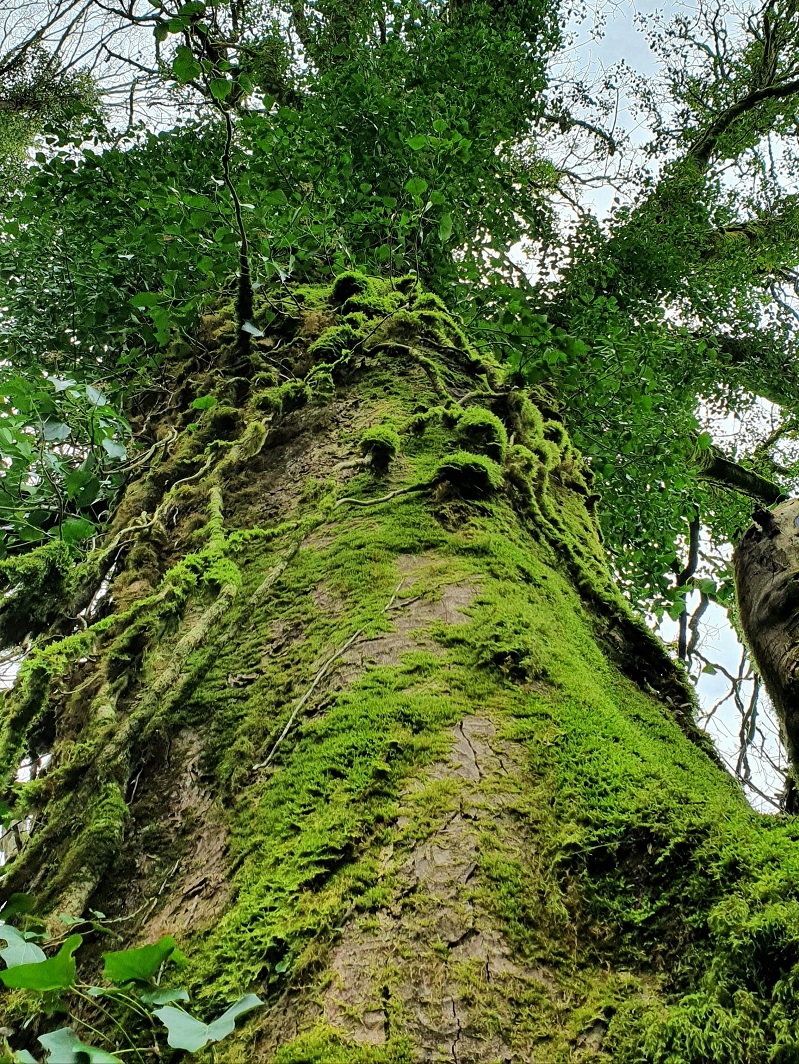

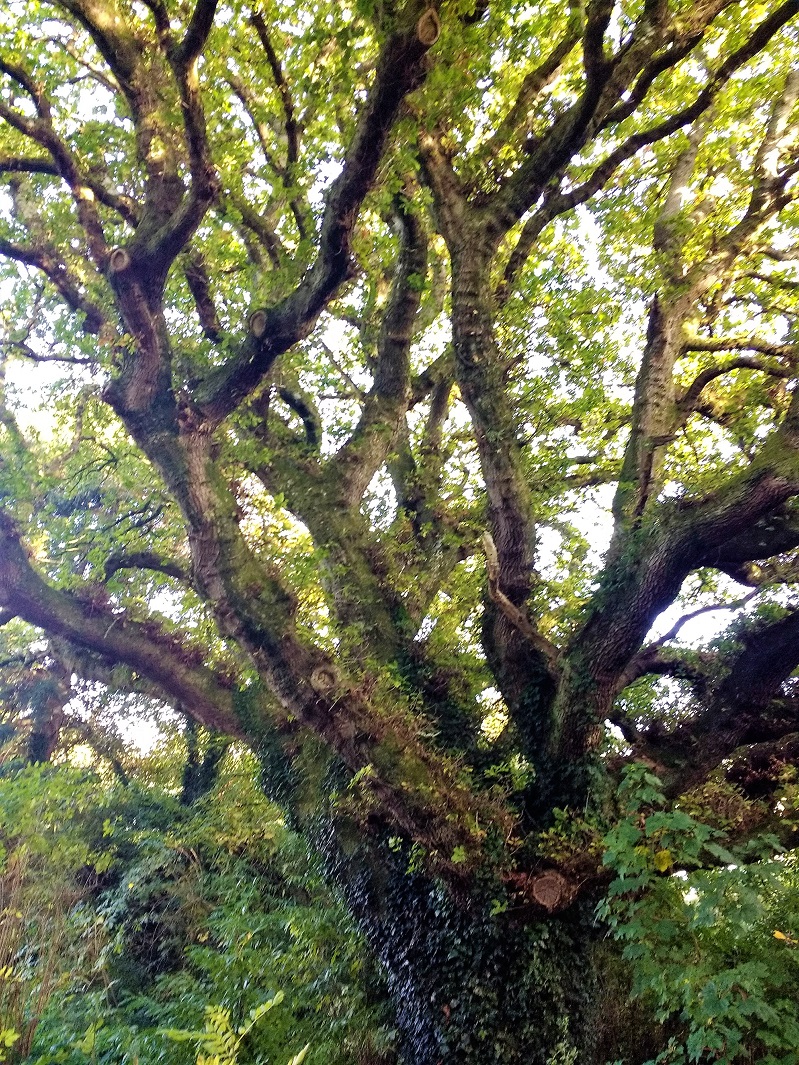
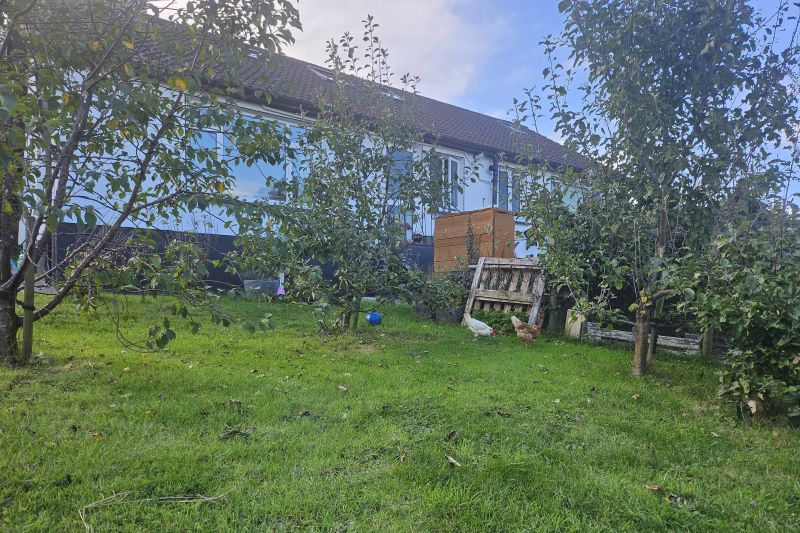
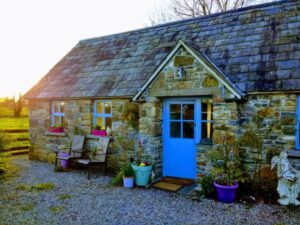
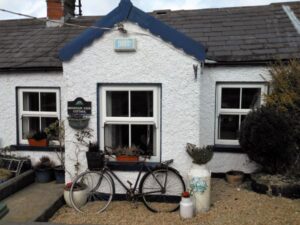
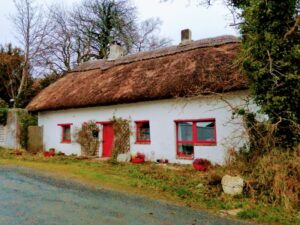

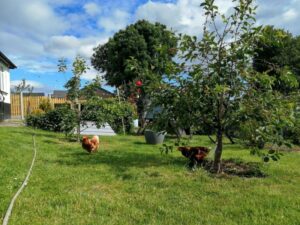
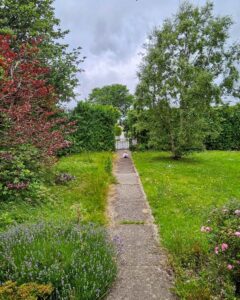
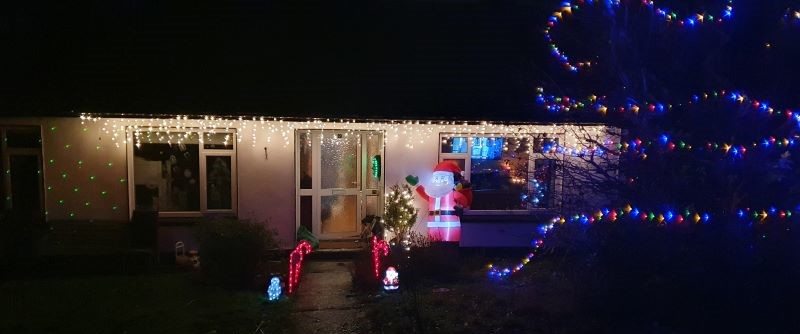


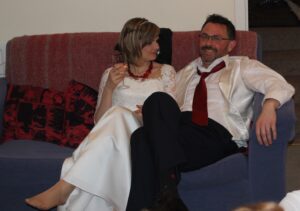
 A call from our lawyer crushed my positive spirits. She told us that the courts had turned down the recognition of John’s American divorce as she had forgotten to previously inform them about her approach. Whilst this was totally on her (and she wouldn’t charge us additionally), John would have to go to court again, in order to file for an Irish divorce this time. Not only were we running out of time in order to keep our wedding date, we also needed to involve John’s ex wife this time.
A call from our lawyer crushed my positive spirits. She told us that the courts had turned down the recognition of John’s American divorce as she had forgotten to previously inform them about her approach. Whilst this was totally on her (and she wouldn’t charge us additionally), John would have to go to court again, in order to file for an Irish divorce this time. Not only were we running out of time in order to keep our wedding date, we also needed to involve John’s ex wife this time.
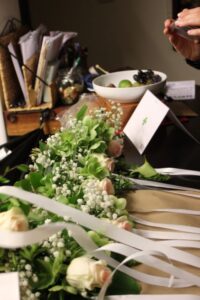
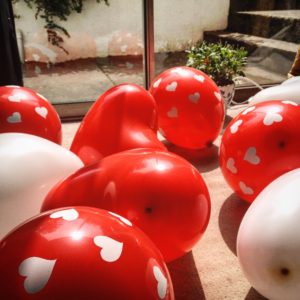
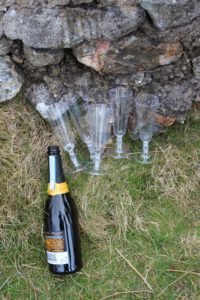
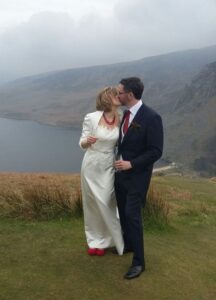 Best Day Ever
Best Day Ever
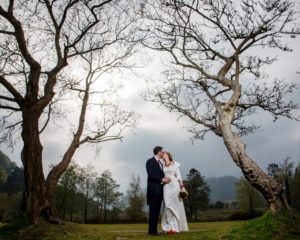
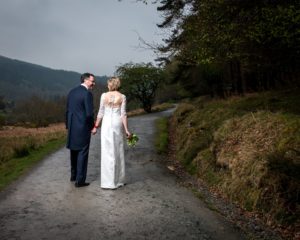








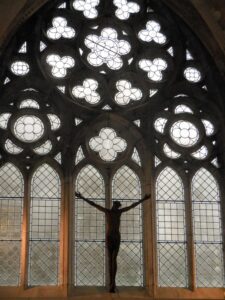 I am not a person of faith. Or am I? Is there not a bit of spirituality or the longing for something deeper and more meaningful in all of us? But it is safe to say that I am not a religious person. Born in the communist GDR, my parents raised my sister and me as cultural Christians at most. Whilst they were baptised Lutherans themselves, they didn’t raise us as such. We only learned about religion from a historic point of view and during the annual visit to Christmas mass.
I am not a person of faith. Or am I? Is there not a bit of spirituality or the longing for something deeper and more meaningful in all of us? But it is safe to say that I am not a religious person. Born in the communist GDR, my parents raised my sister and me as cultural Christians at most. Whilst they were baptised Lutherans themselves, they didn’t raise us as such. We only learned about religion from a historic point of view and during the annual visit to Christmas mass.

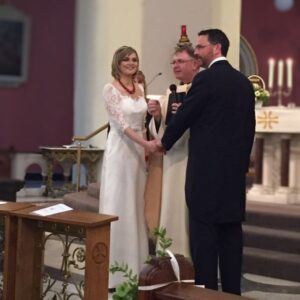


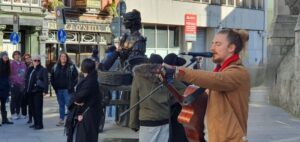
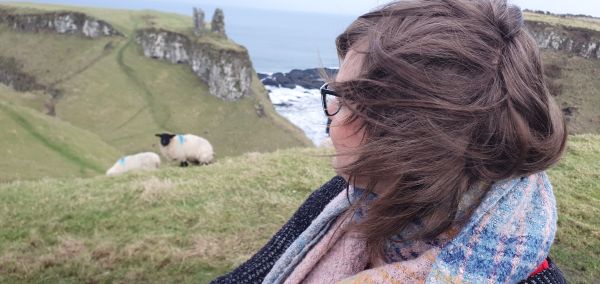
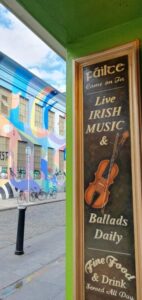 I still appreciate the Irish way of life. Otherwise I wouldn’t have
I still appreciate the Irish way of life. Otherwise I wouldn’t have 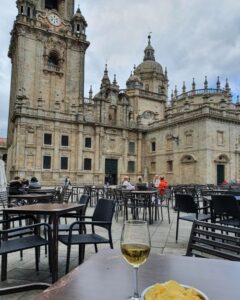
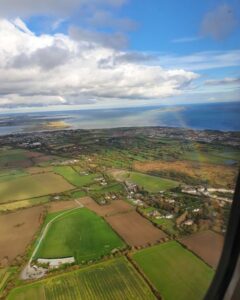
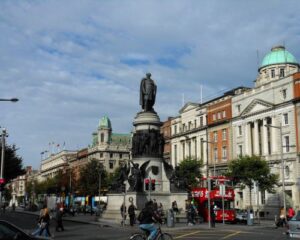 The bus left me off at O’Connell Street, the main artery of the northern inner city. When I stood there with my two suitcases, I paused for a moment to take in the hustle and bustle. Tourists in rain jackets and hiking boots, with big cameras, rushing past. The faint guitar sound of a street musician, a language cacophony from the Hop-on Hop-off busses. I felt excited and overwhelmed at the same time. I was finally here, with all my belongings that I needed for my fresh start in Dublin. For so long I had been dreaming of
The bus left me off at O’Connell Street, the main artery of the northern inner city. When I stood there with my two suitcases, I paused for a moment to take in the hustle and bustle. Tourists in rain jackets and hiking boots, with big cameras, rushing past. The faint guitar sound of a street musician, a language cacophony from the Hop-on Hop-off busses. I felt excited and overwhelmed at the same time. I was finally here, with all my belongings that I needed for my fresh start in Dublin. For so long I had been dreaming of 